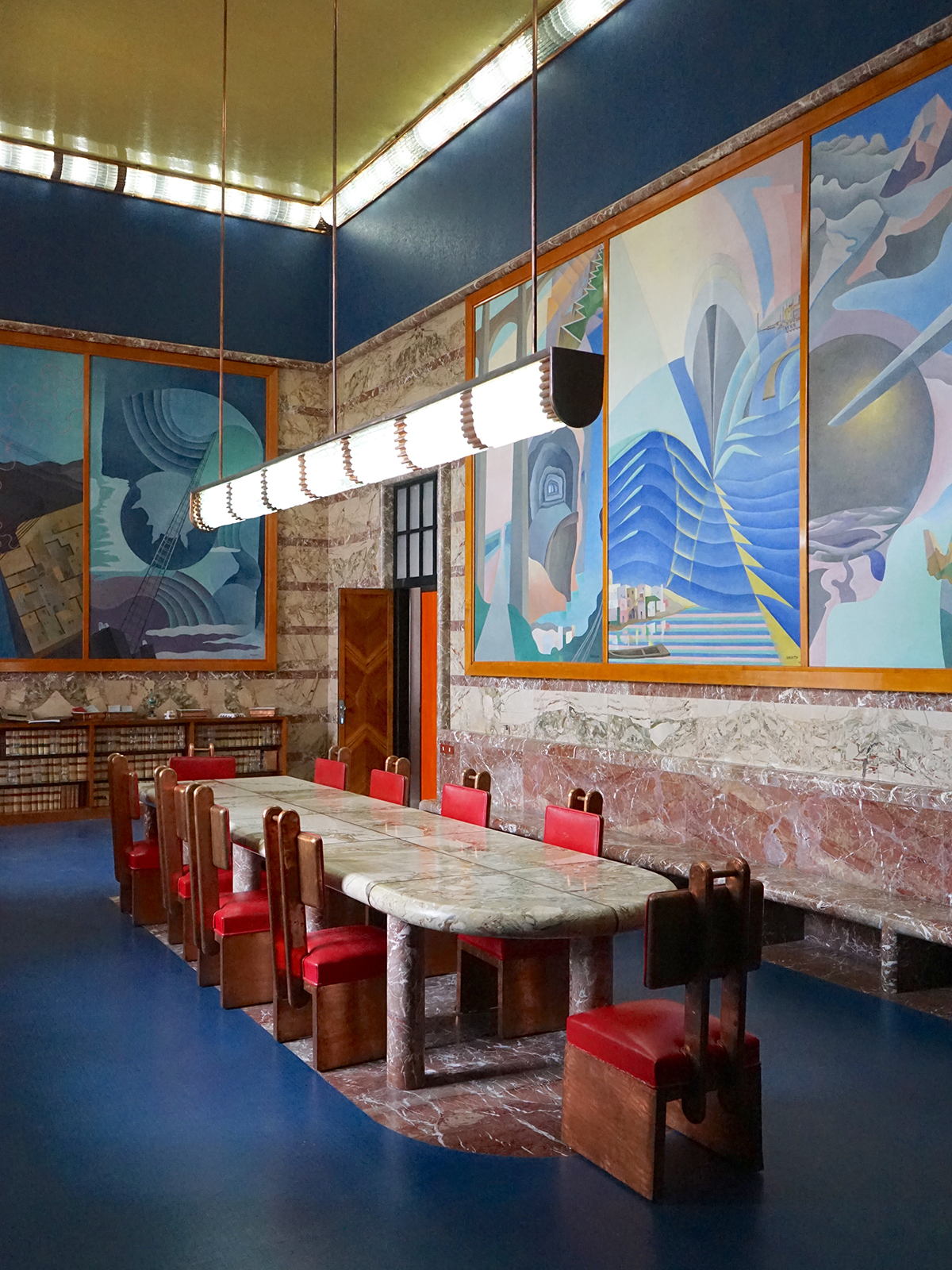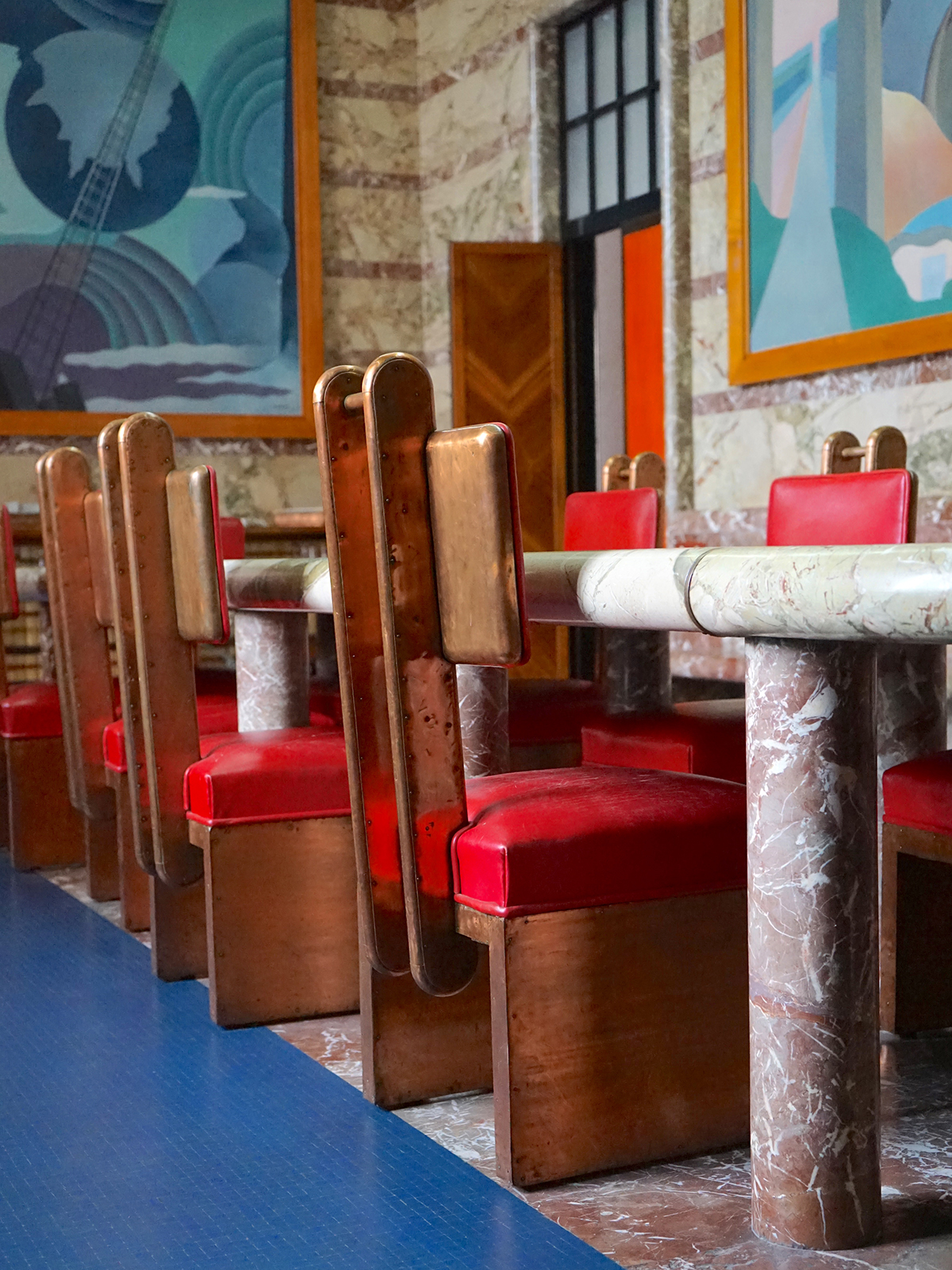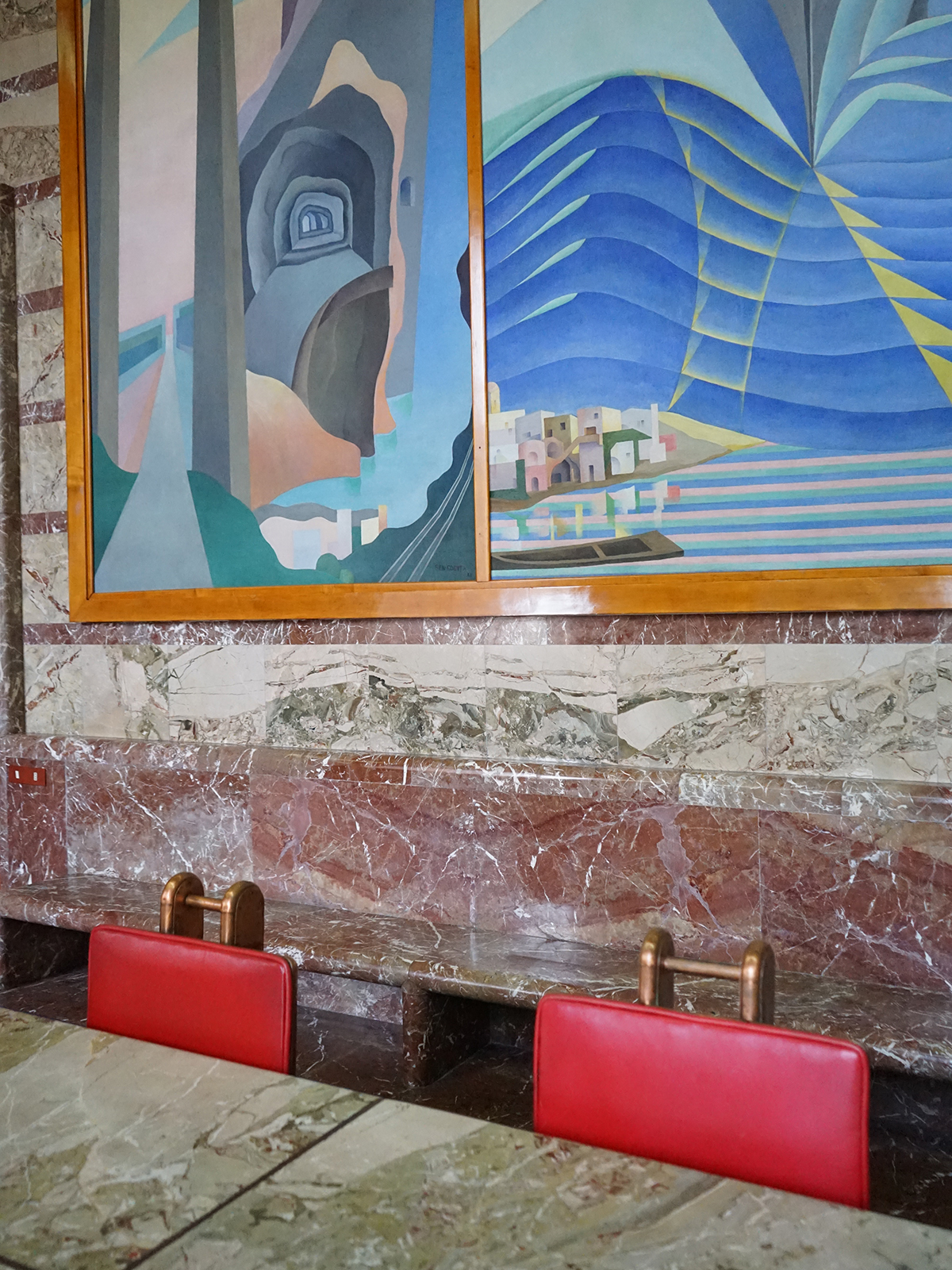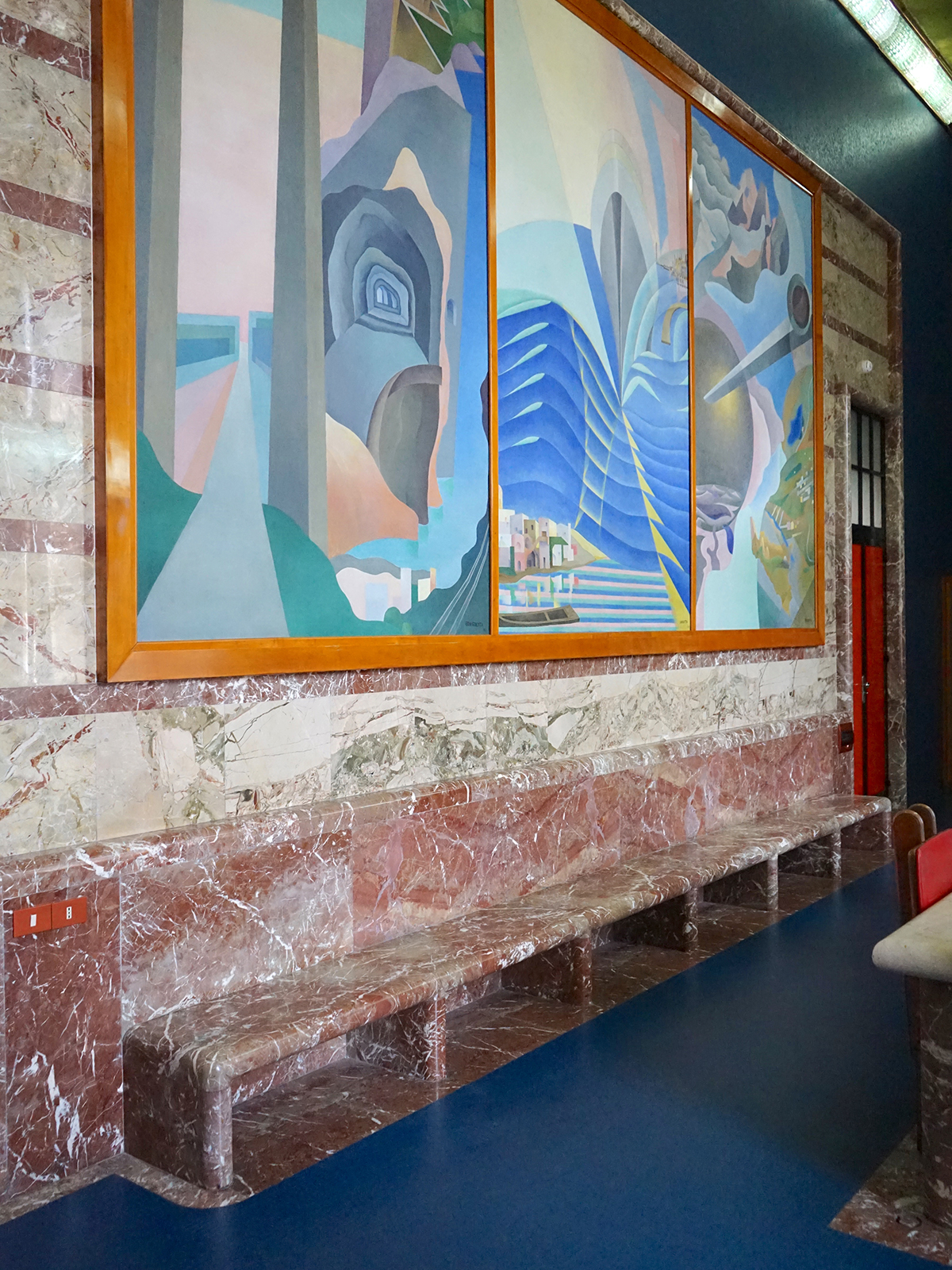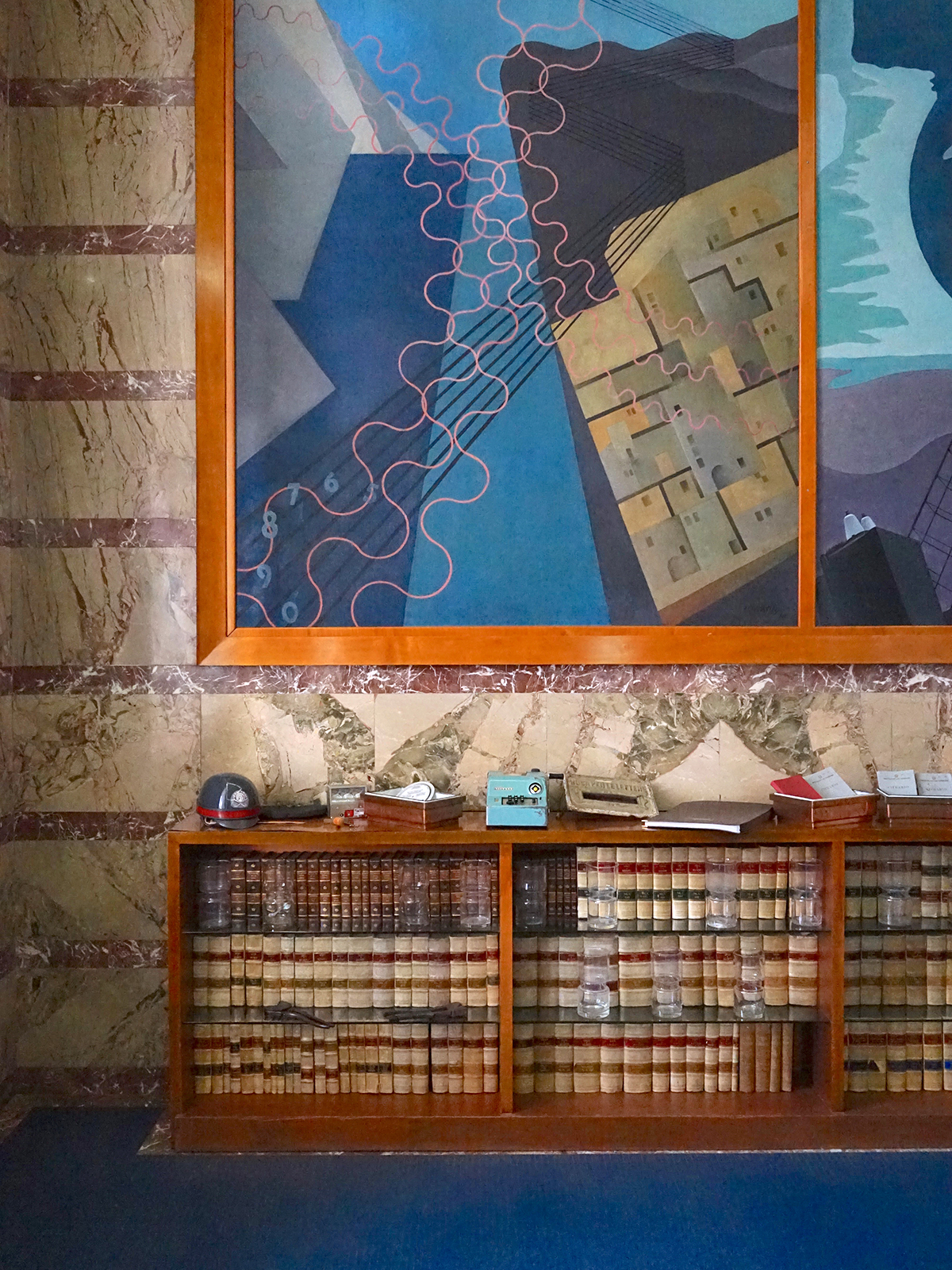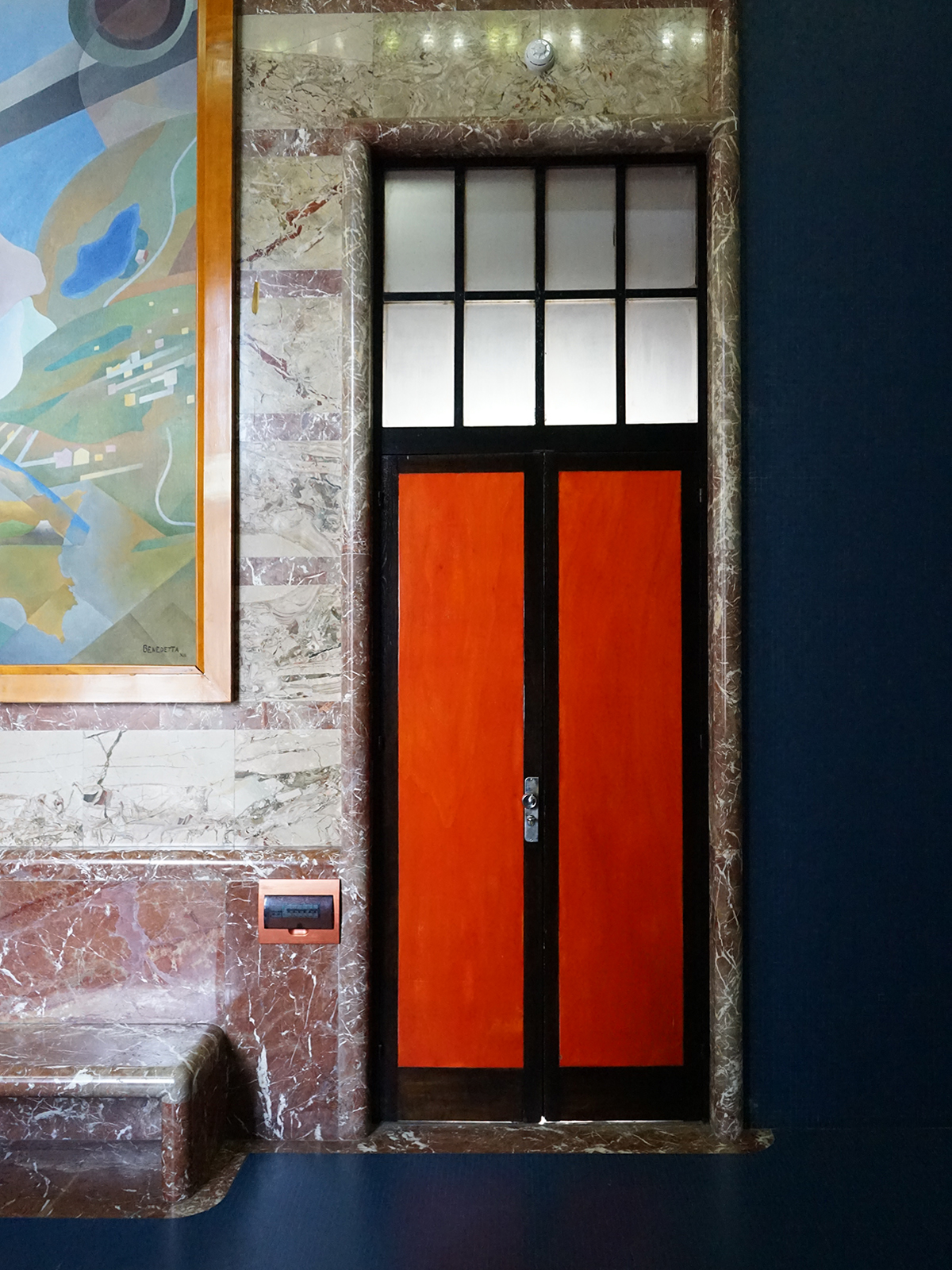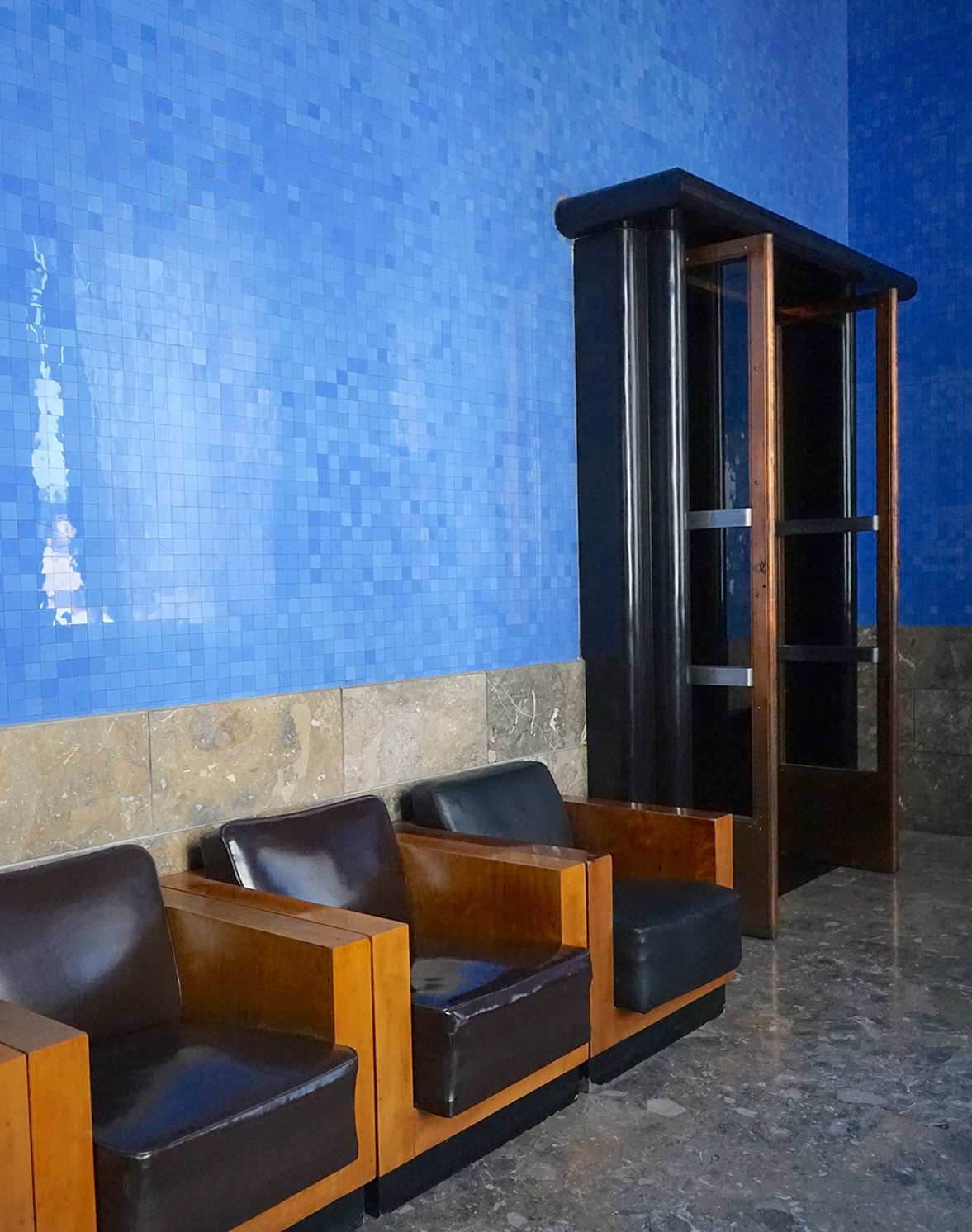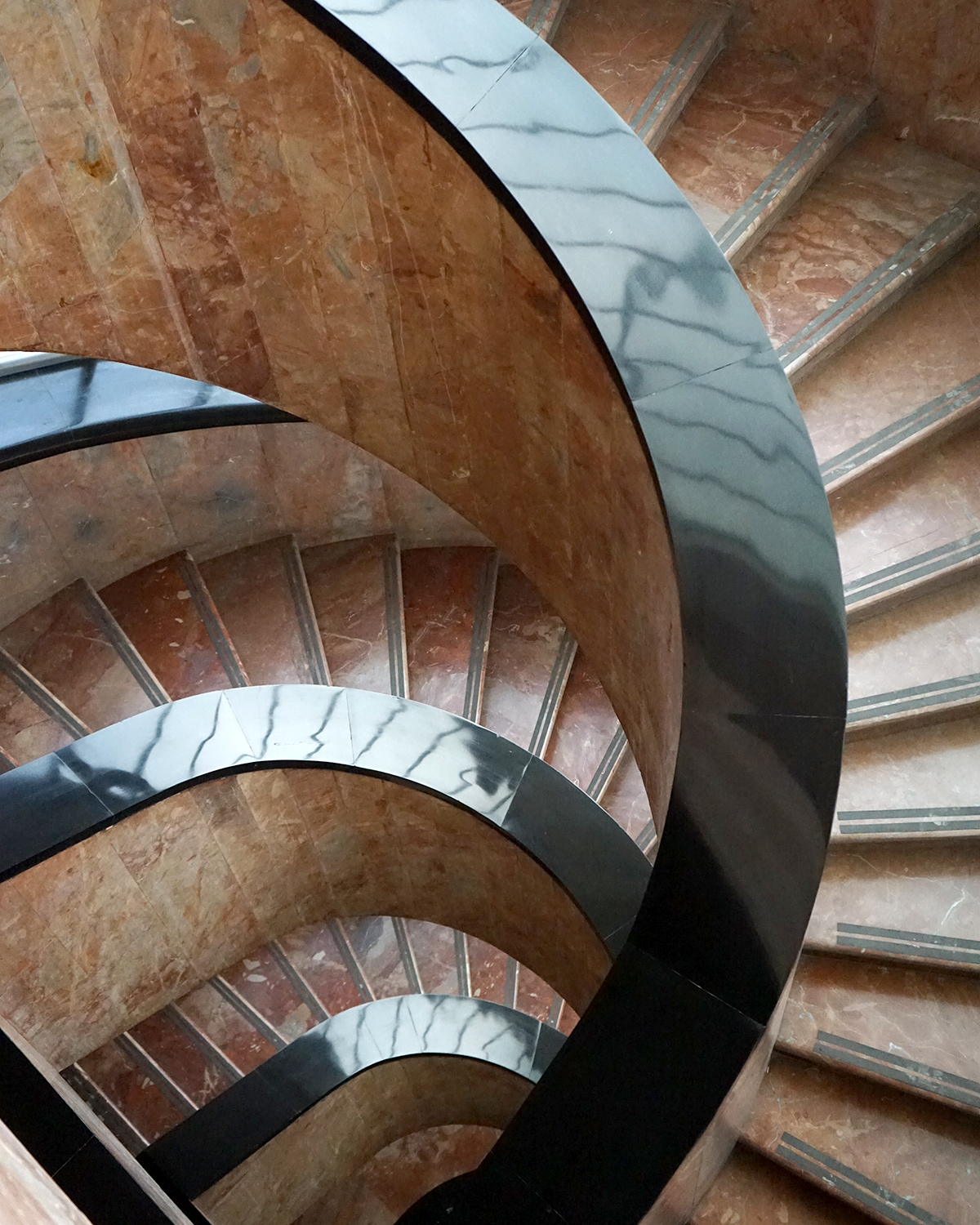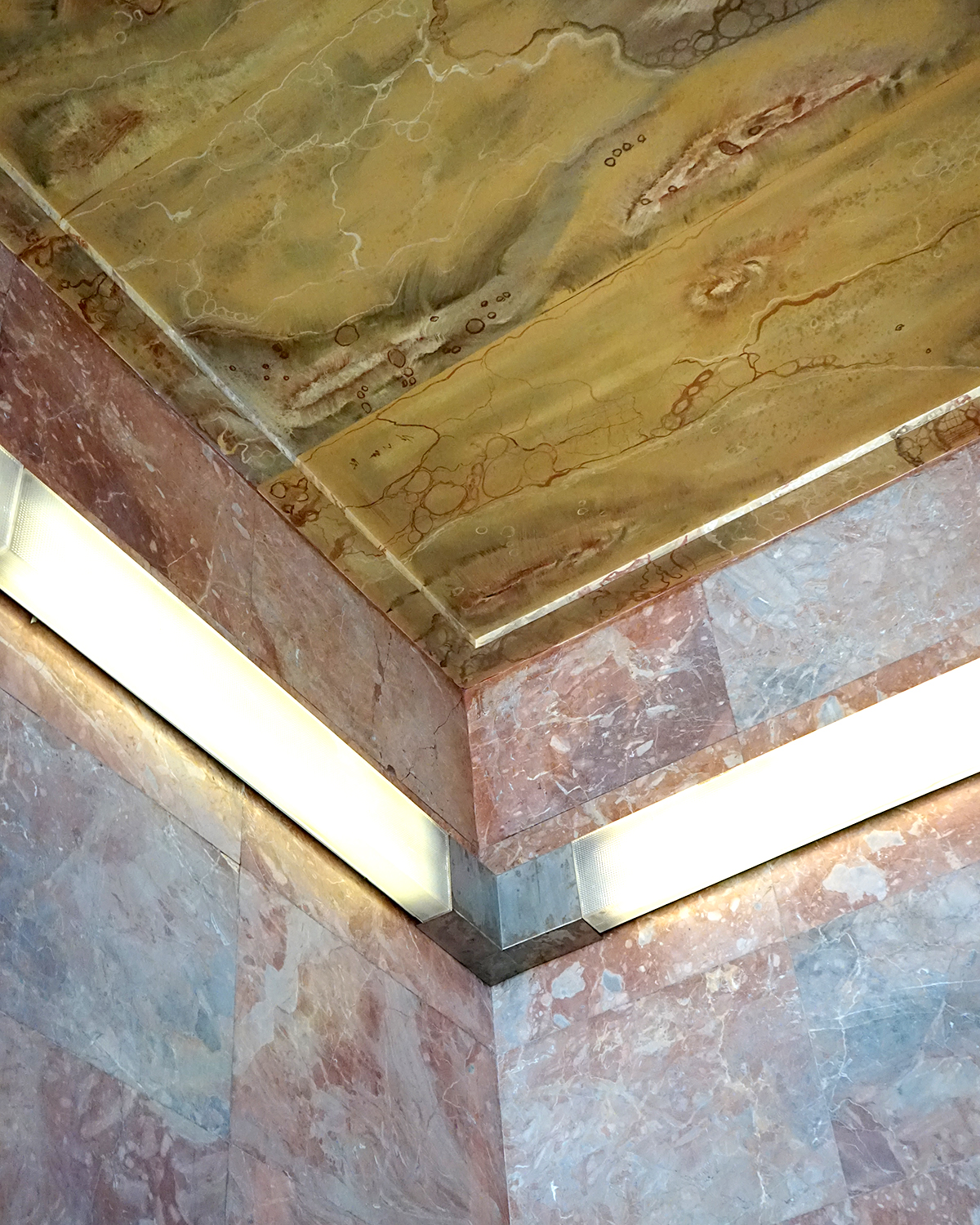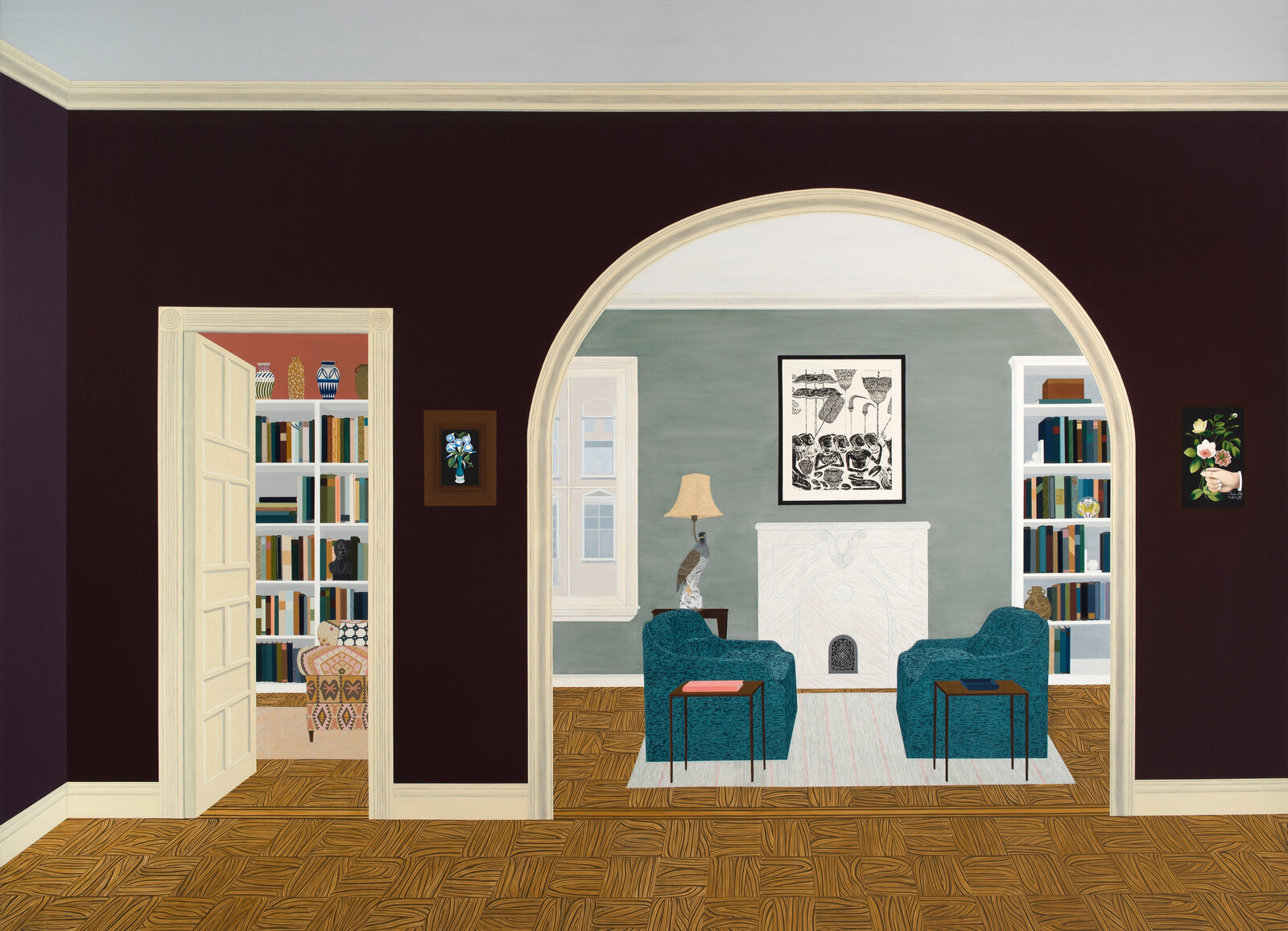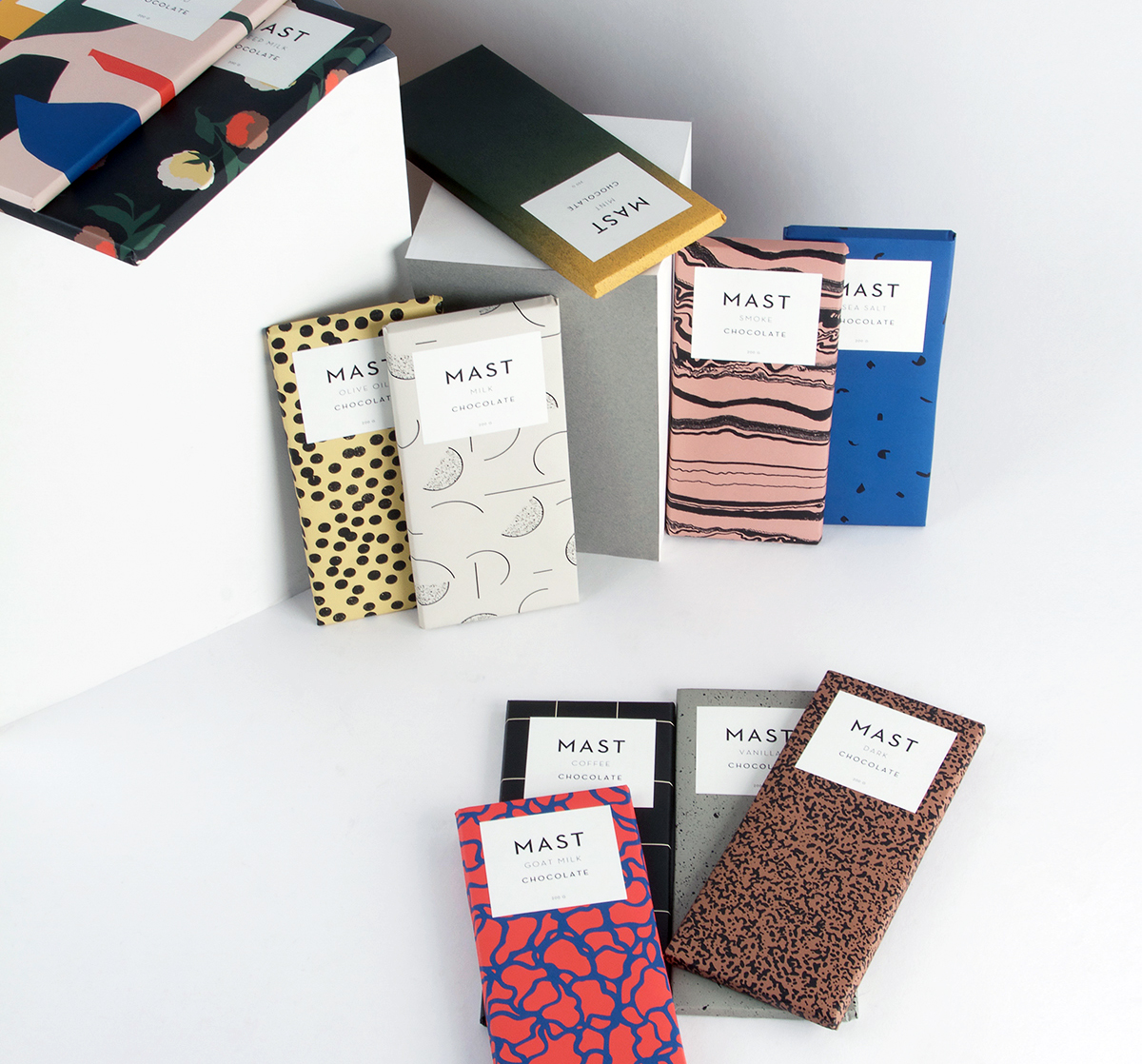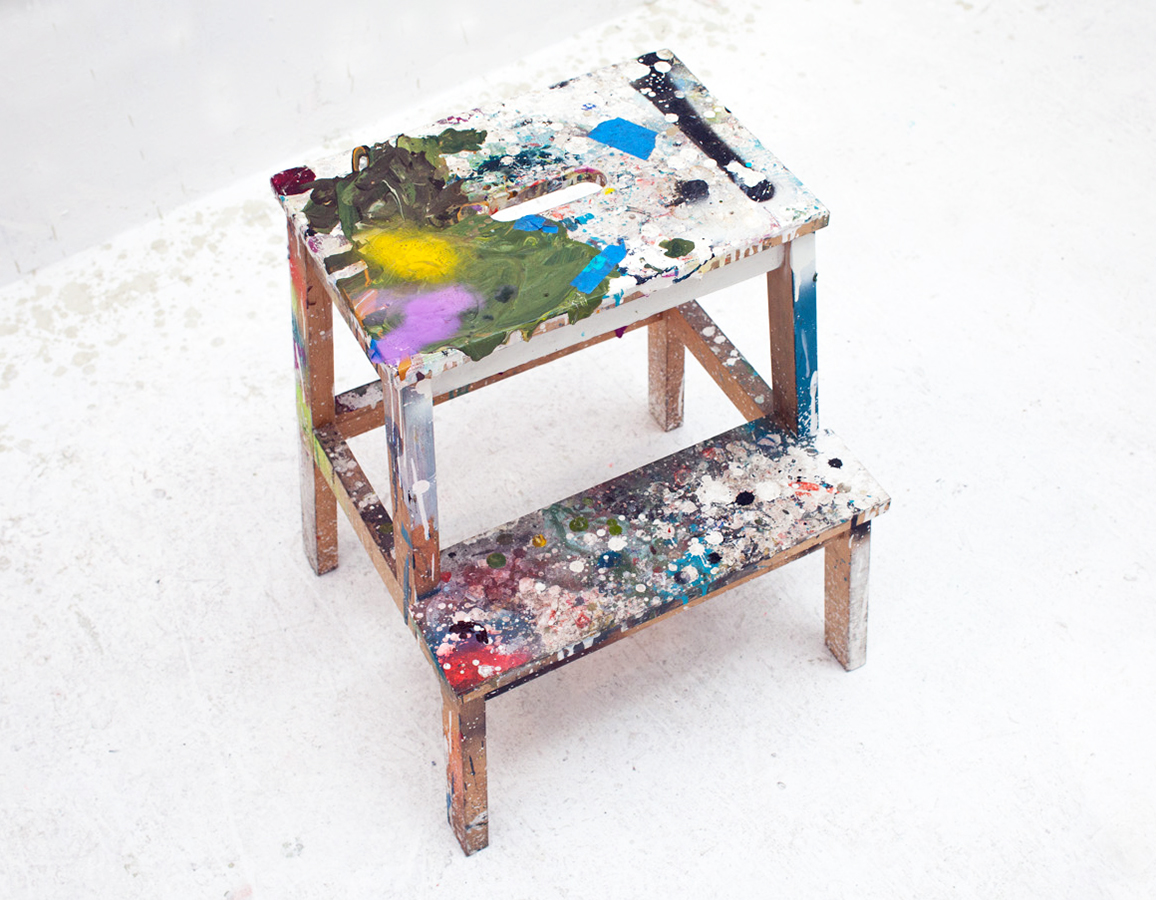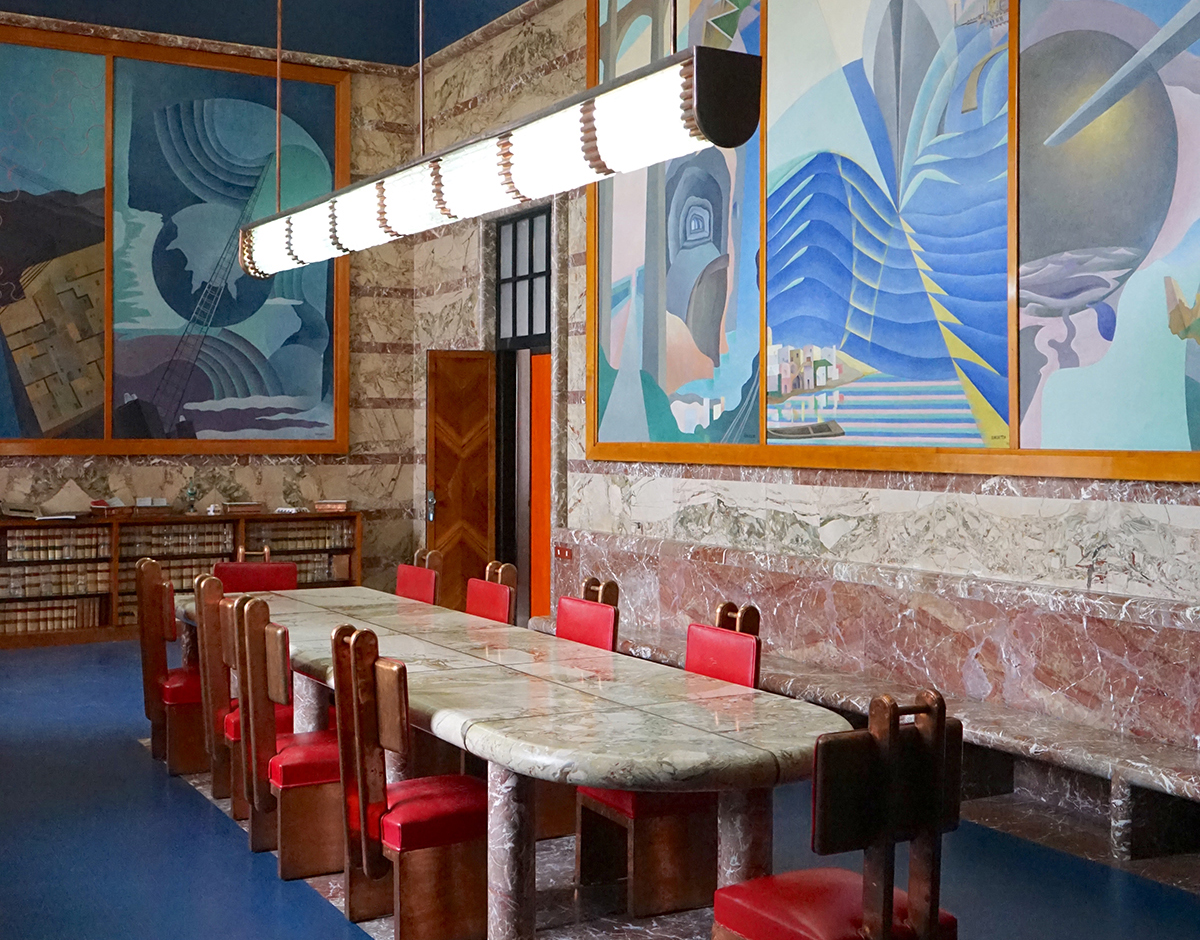
10.24.22
Current Obsession
Adam Stech on Italian Futurism, Part I: Tour Four of Italy’s Most Avant-Garde Interiors
Filippo Tommaso Marinetti, Umberto Boccioni, Gino Severini, Antonio Sant’Elia, Giacomo Balla — these artists stood at the birth of one of the most controversial avant-garde art movements of the 20th century, Futurism. In the movement’s 1909 manifesto, its founder, Marinetti, confessed his admiration for the modern age and its inventions, for speed, the roar of engines, and the rage of war weapons. “We do not want to be in the least a part of the past,” he wrote. “We are young and strong. We are futurists.” The group’s paintings and sculptures attempted to depict the speed and dynamism of the industrial age; taking additional cues from Cubism, Expressionism, and some of the other concurrent emerging art movements at the time, they fundamentally changed the way art was viewed. But Futurism’s reach also extended to a practice in architecture and interior design, and in the past few years I toured Italy to uncover few of its best spaces.
Casa Balla in Rome, by Giacomo Balla
The Roman apartment of the late painter, designer, and theoretician Giacomo Balla takes you on a kaleidoscopic trip into the realm of avant-garde utopia, and represents the synthesis of all kinds of art into the personal vision of its author. Futurism was truly a lifestyle for Balla — in addition to artworks like his famous 1912 multi-perspective painting Dinamismo di un cane al guinzaglio (The dynamics of a dog on a leash), which exemplifies his dynamic swirling of forms, he designed furniture, clothes, and entire interiors that captured a feeling of speed and movement.
That included his own home, in which he lived with his two daughters from 1929 until his death in 1958. His daughters maintained the apartment for decades afterward before ultimately selling it to the city of Rome in 2004. It was meticulously restored and last year, it opened to the public for the first time, as part of an exhibition about Balla at the city’s MAXXI museum. Inside, his painting emerges from its classic two-dimensional scheme and dominates the entire living space. Unexpected color combinations and patterns cover the furniture, walls, ceilings, and floors, creating a total work of art in the spirit of the manifesto Futuristic Reconstruction of the Universe, which Balla wrote with his colleague and friend, the futurist designer Fortunato Depero, in 1915. “We create a total fusion of art in order to reconstruct the entire universe, which will be more joyful. We are interested in everything dynamic, simultaneous and plastic. It is a complex expression of universal vibrations,” they wrote.
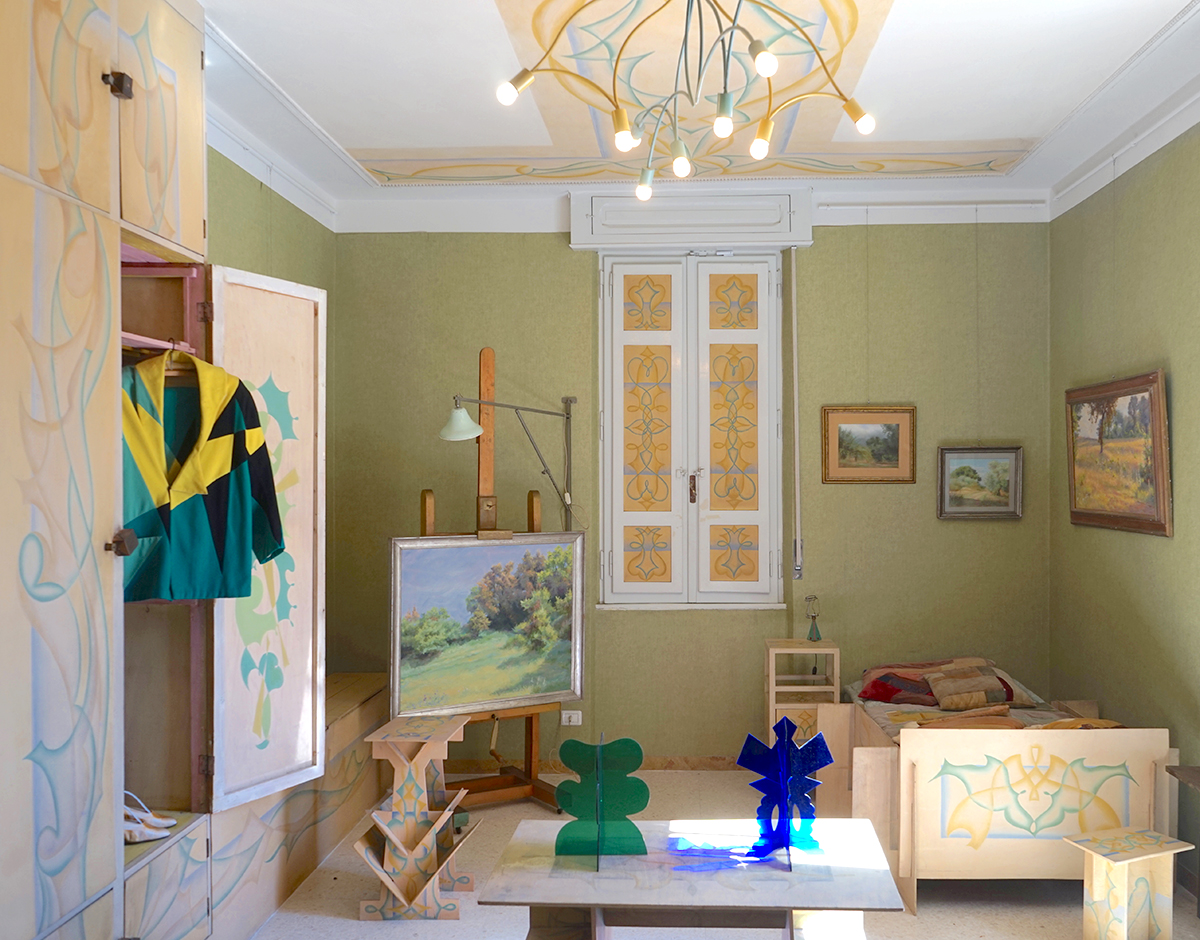
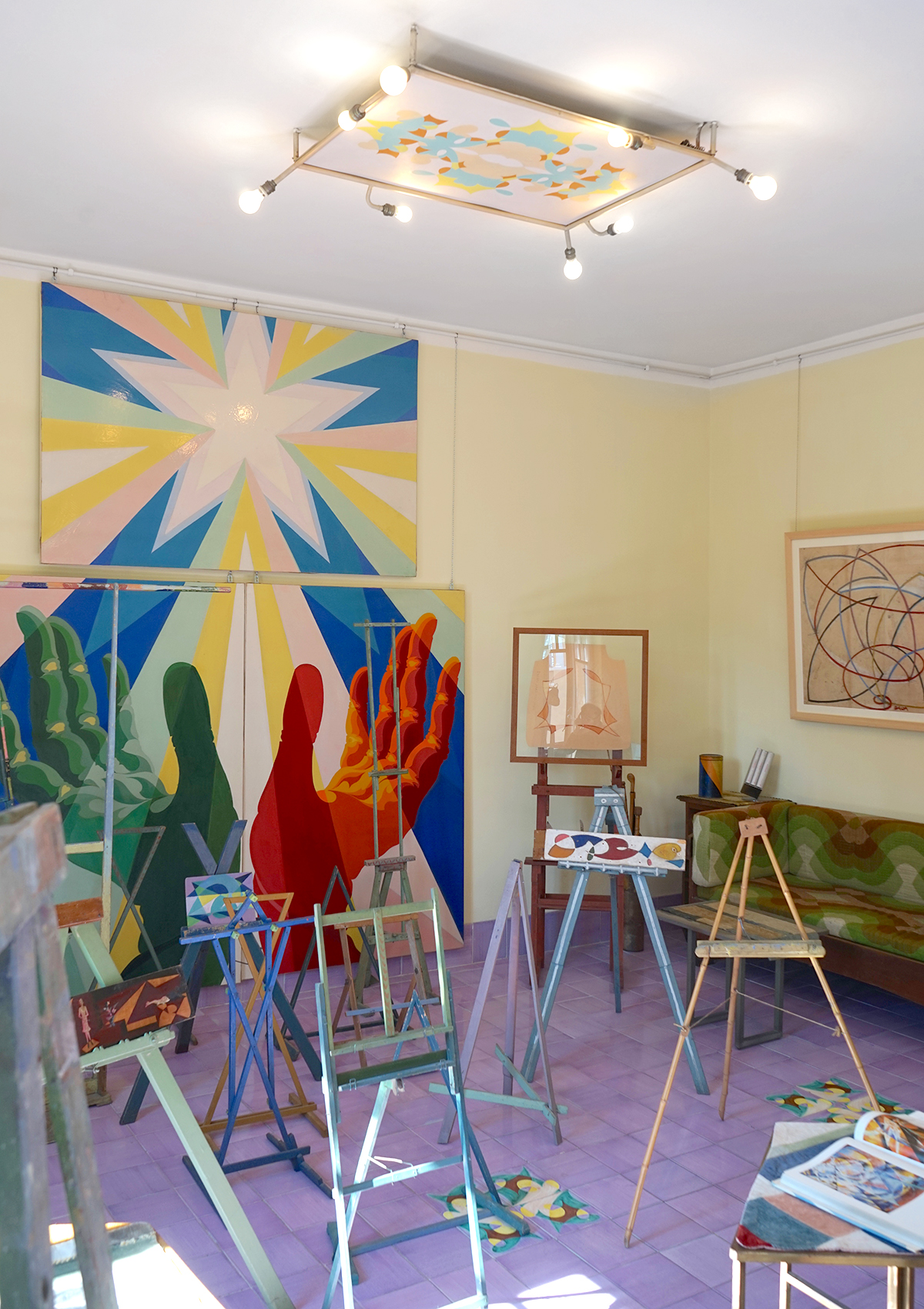
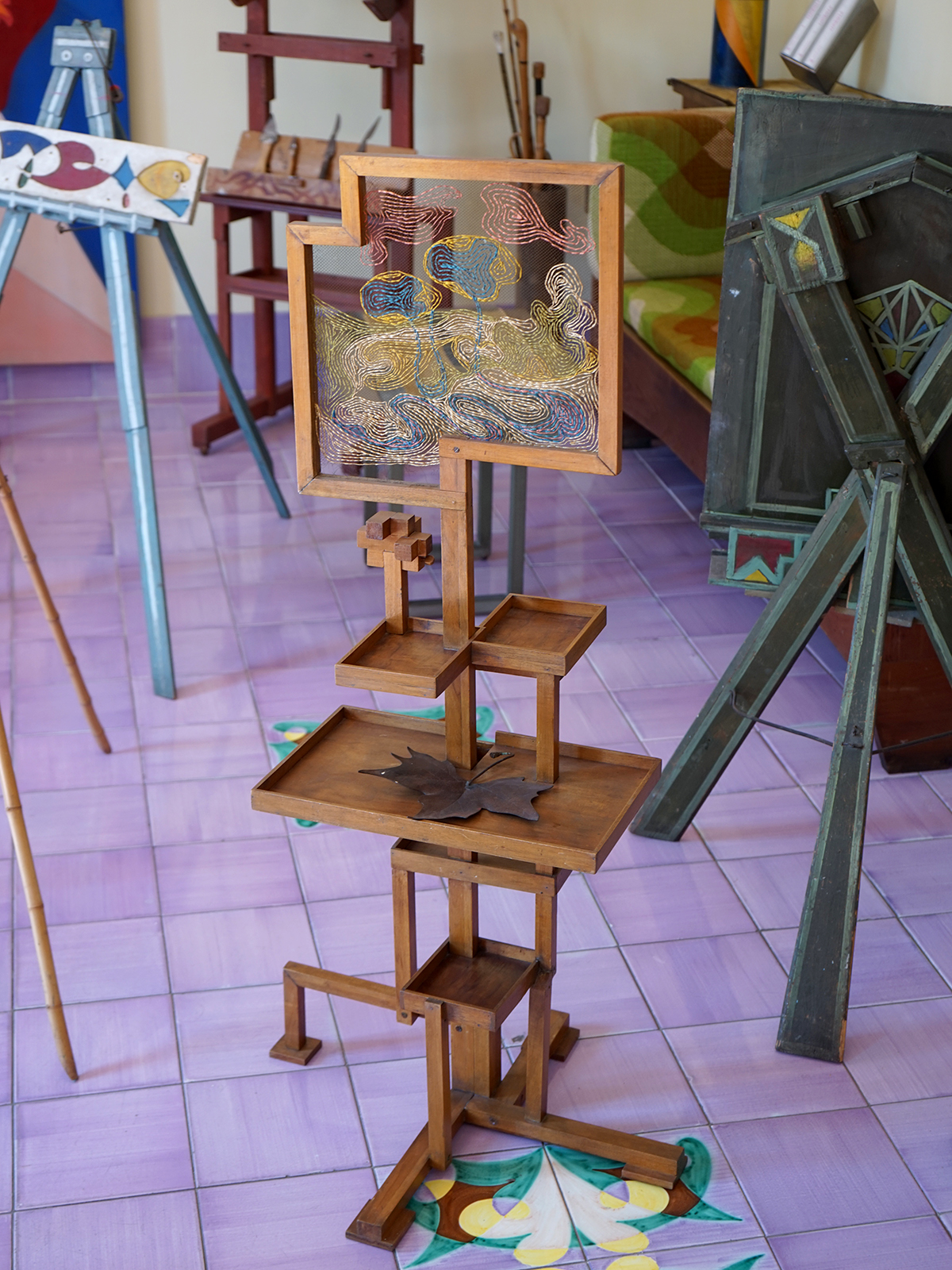
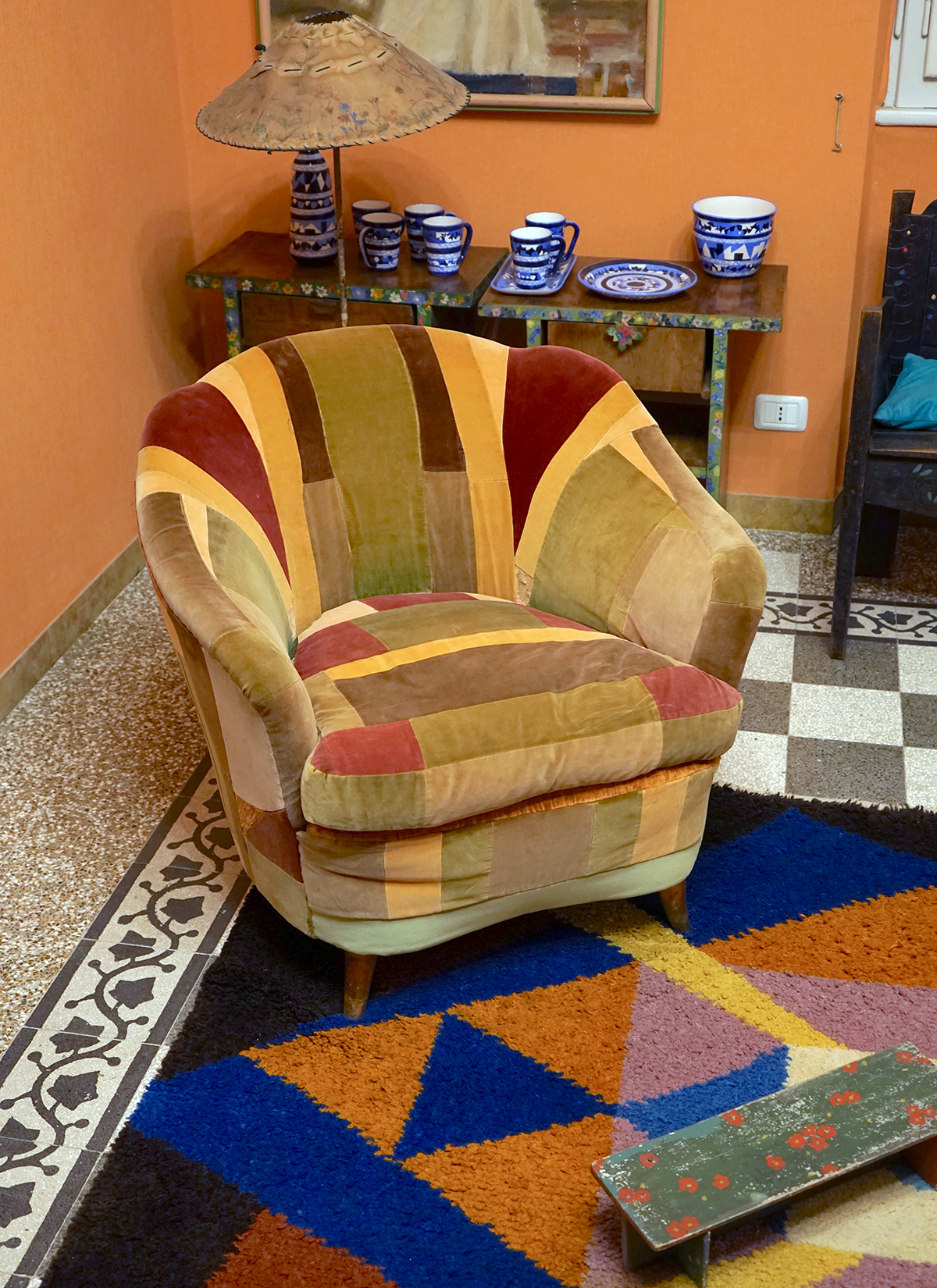
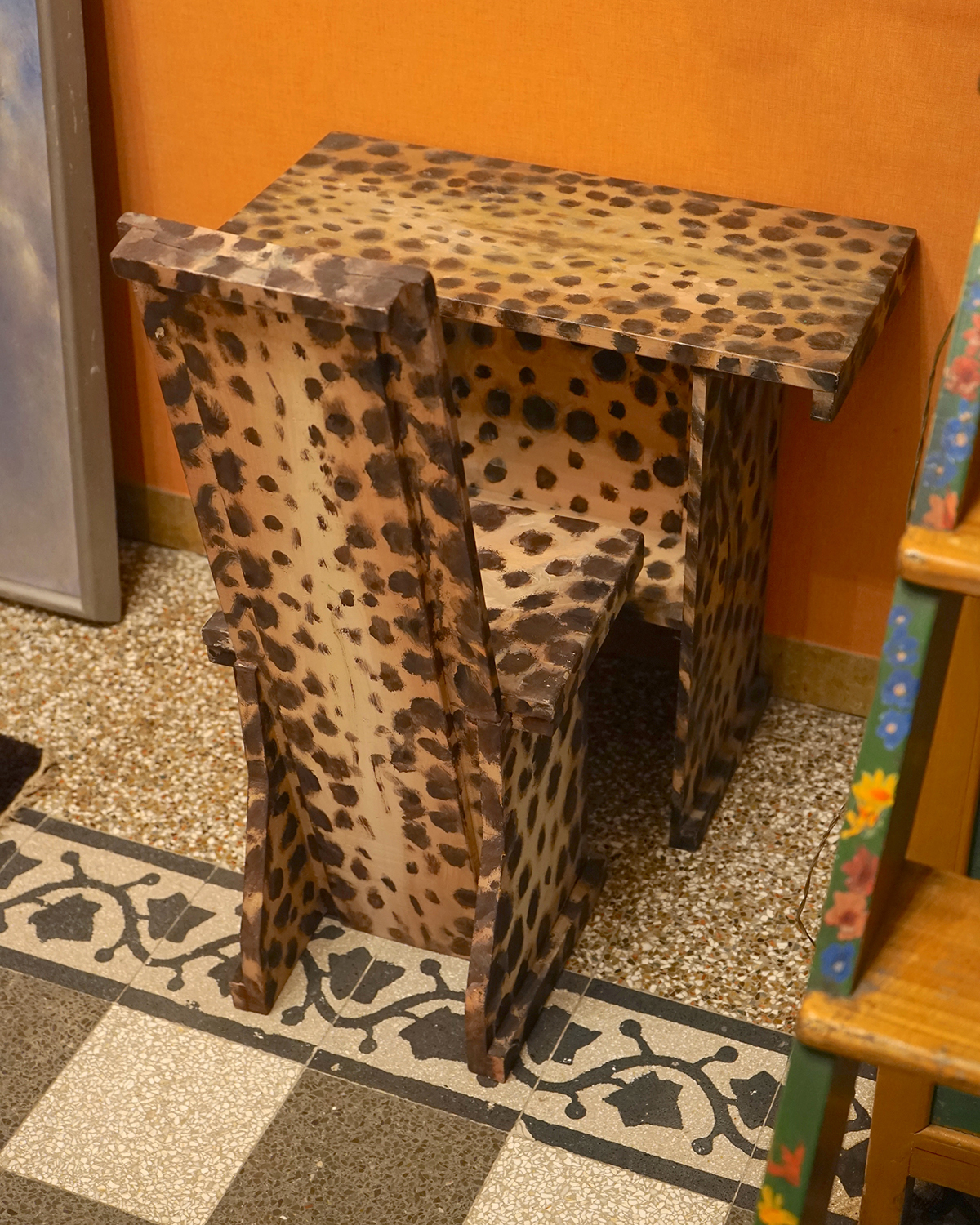
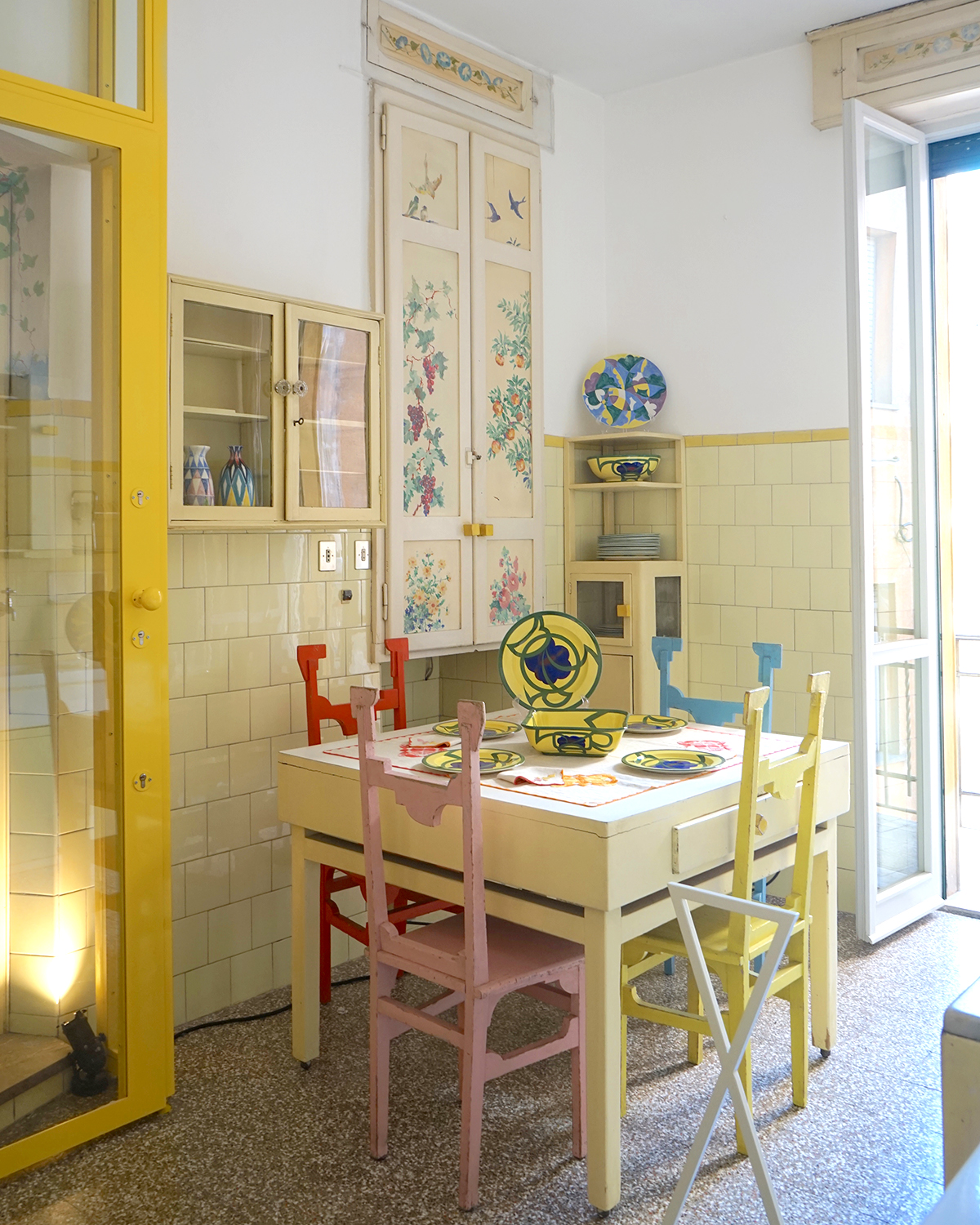

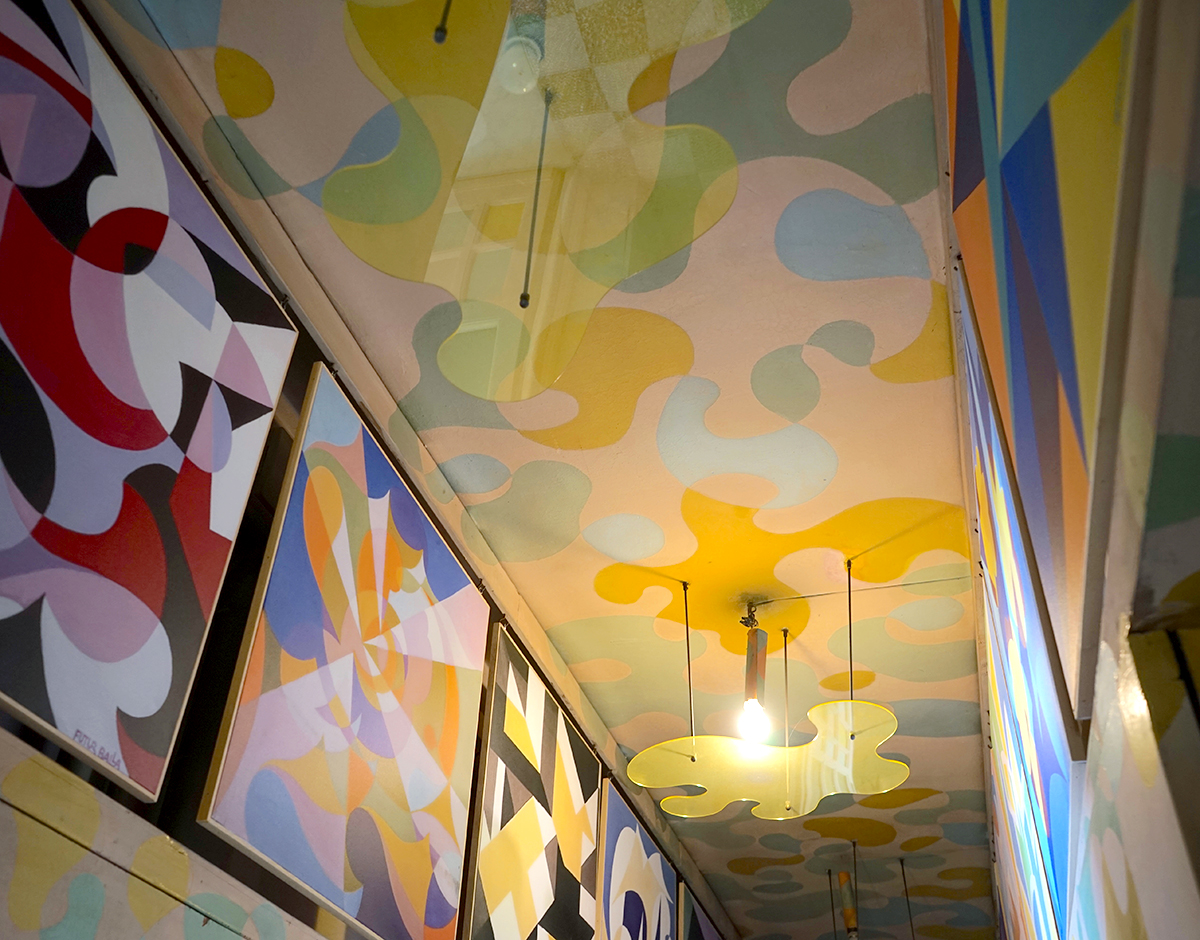
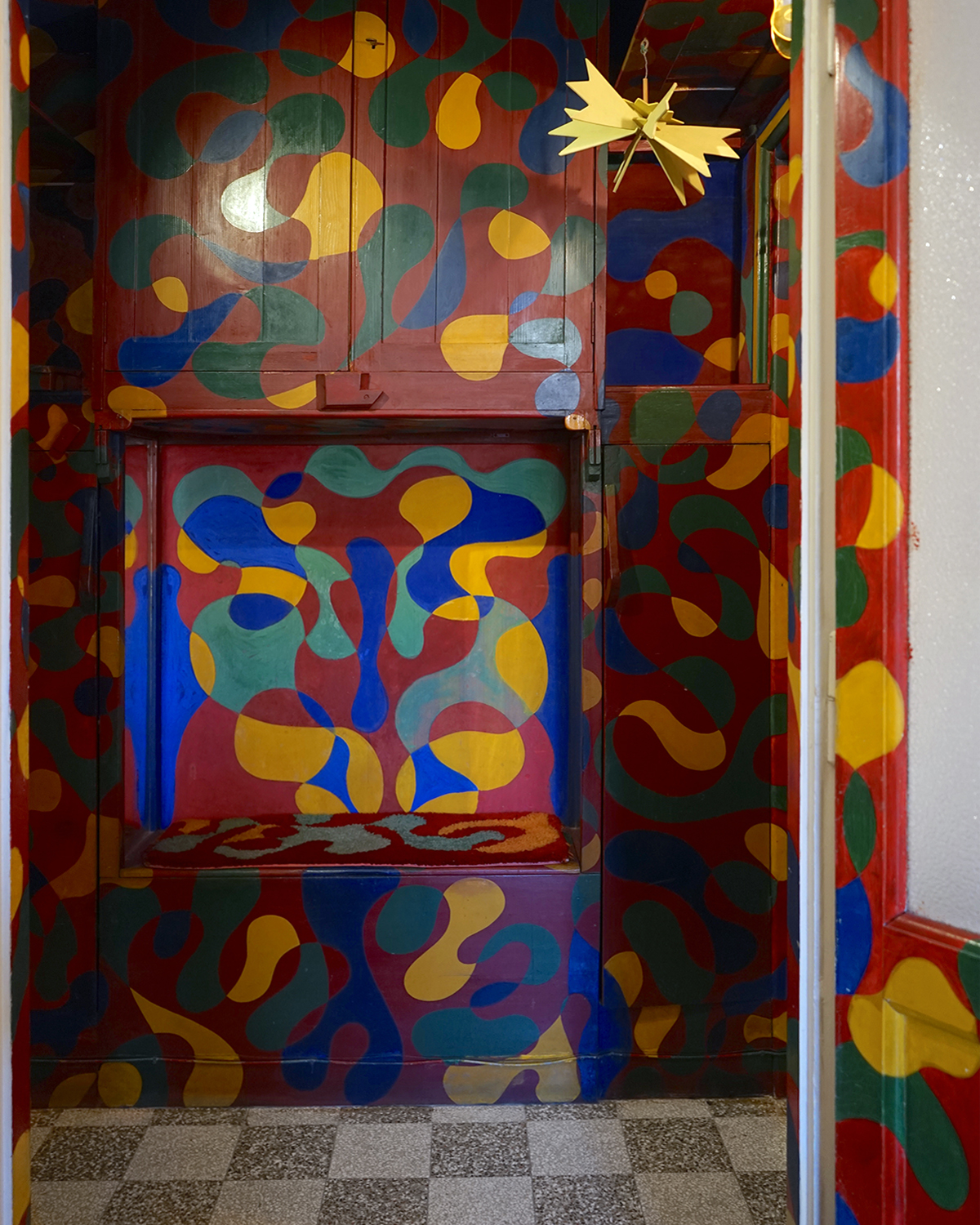
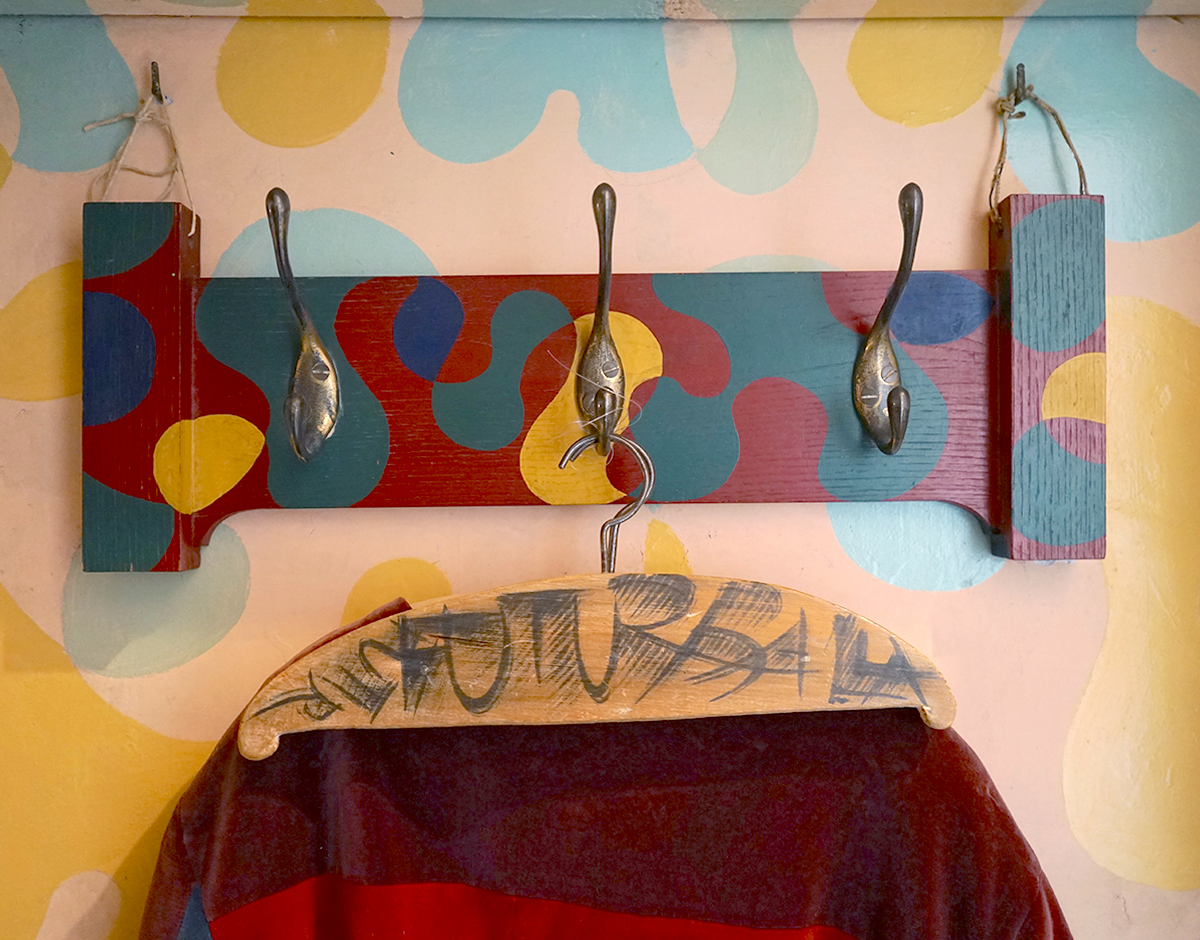
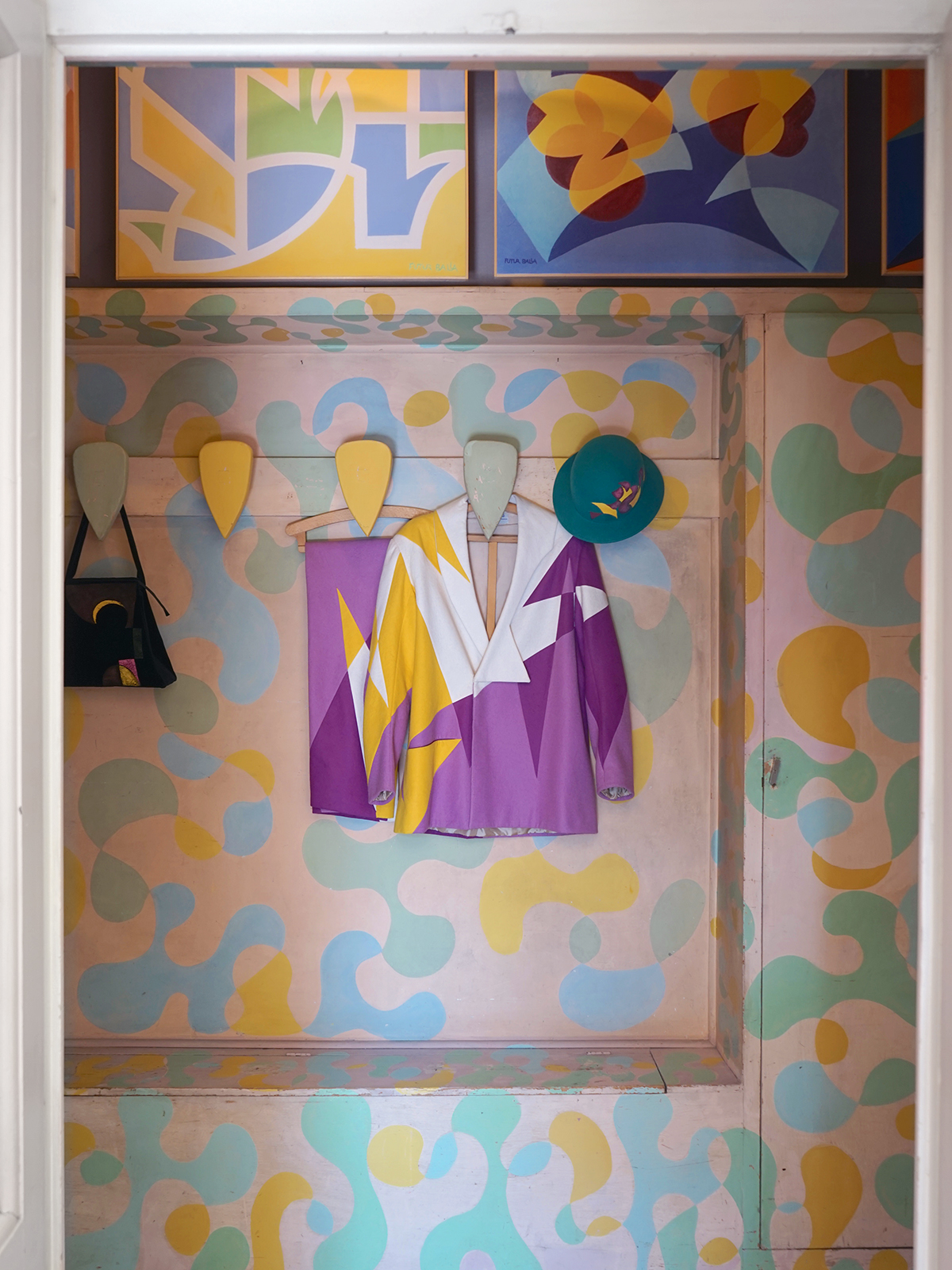
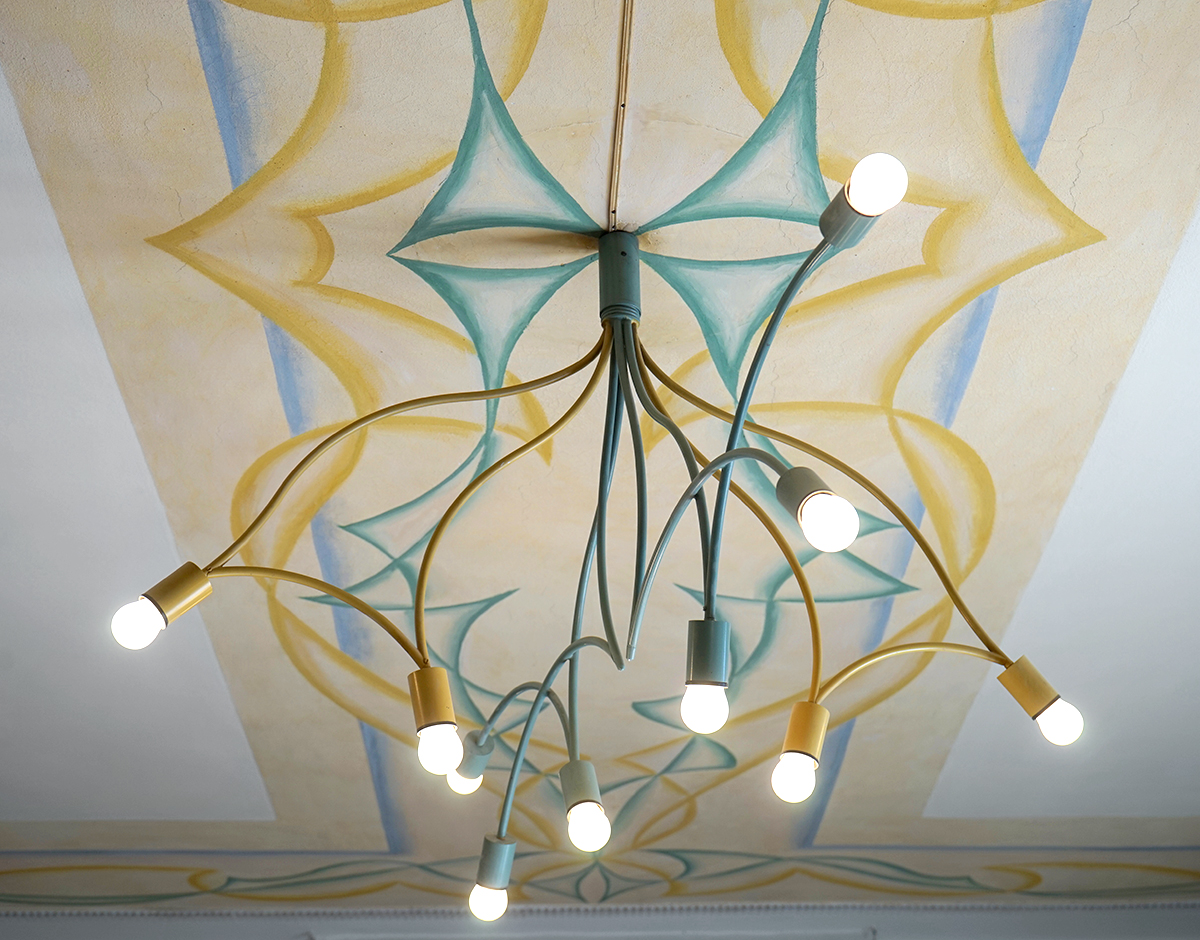
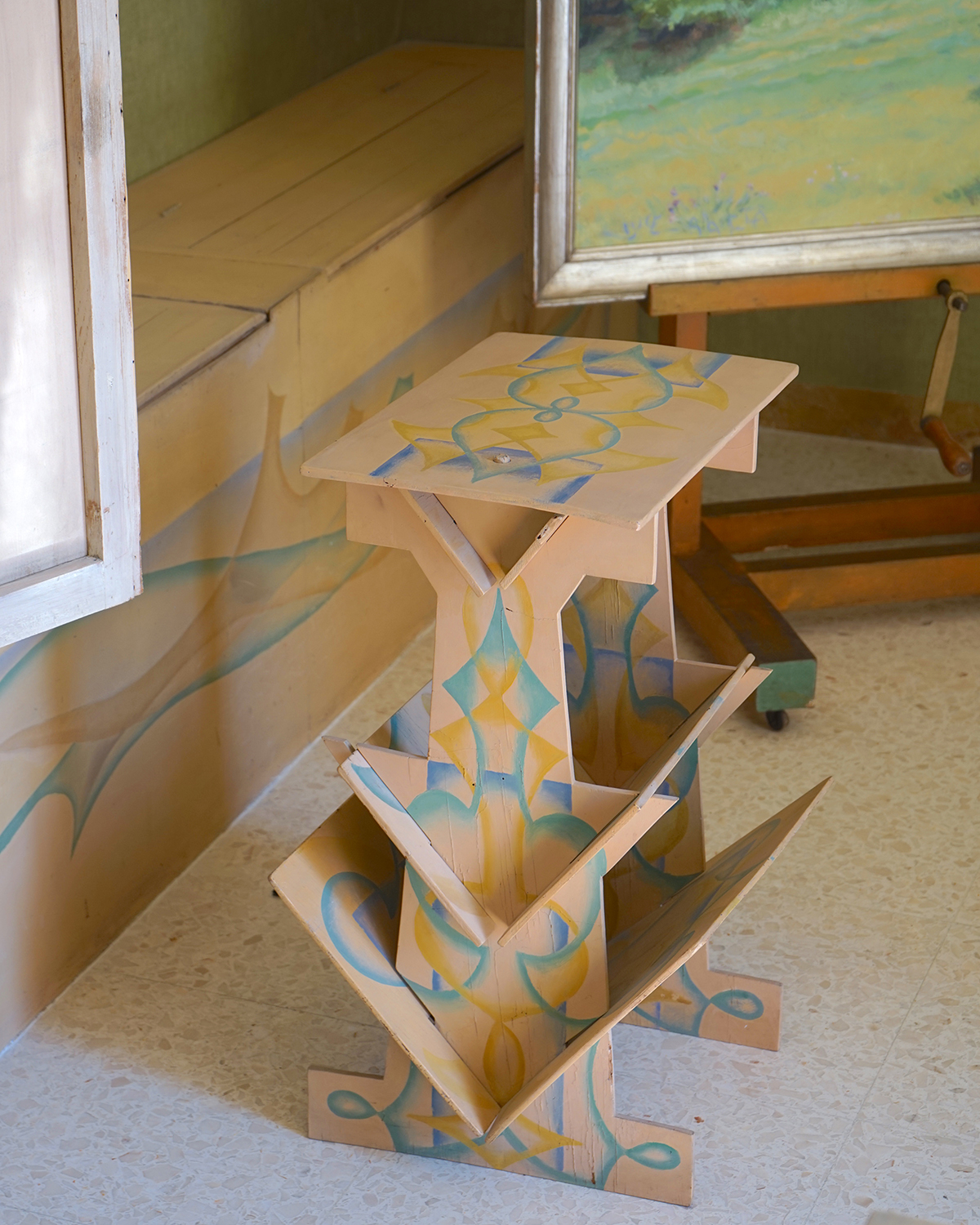
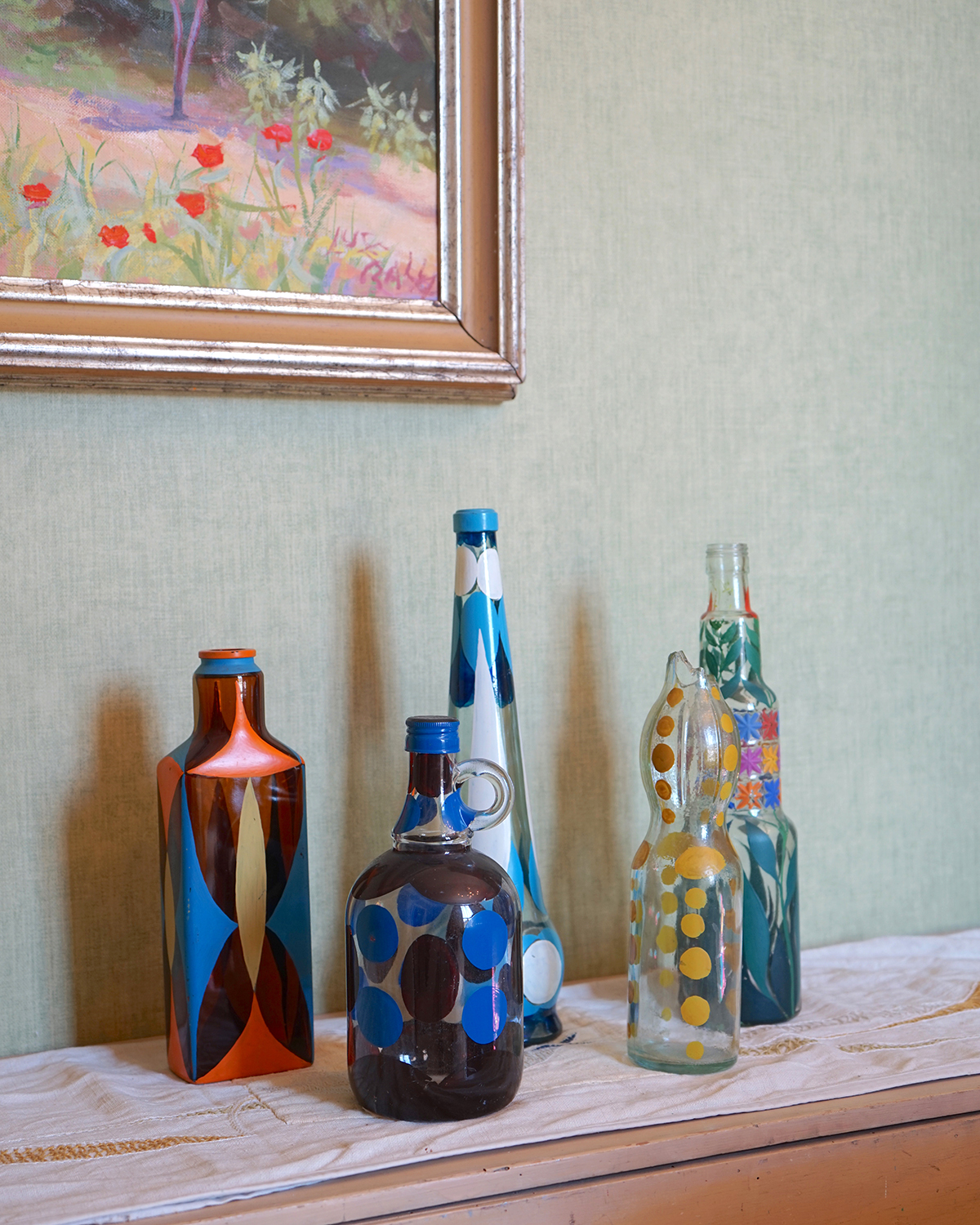
Casa d’Arte Futurista Depero in Rovereto
Fortunato Depero is considered as one of the first modern commercial artists. After he became a member of the Italian Futurist movement, he later settled in New York, where he worked as an illustrator for famous fashion and cultural magazines. He later returned to his native country and devoted himself to painting, furniture design, and architecture. He then had the opportunity to use his rich design experience for Campari, with which he developed a very fruitful partnership. Depero didn’t just stop at illustrations and graphic design for this famous brand — in 1932, for example, he created the iconic bottle for Campari Soda, and a year later, he designed the Campari exhibition stand in the form of a kind of typographic architecture.
After WWII, Depero settled in the town of Rovereto, where he founded Casa d’Arte Futurista Depero. Located in an ancient building in the center of the town, the museum features a collection of around 3,000 objects Depero gave to the municipality. He also designed many bespoke furniture pieces and other artistic elements in the museum. Opened in 1957, just three years before his death, the visionary project is the only public museum founded by a Futurist artist.
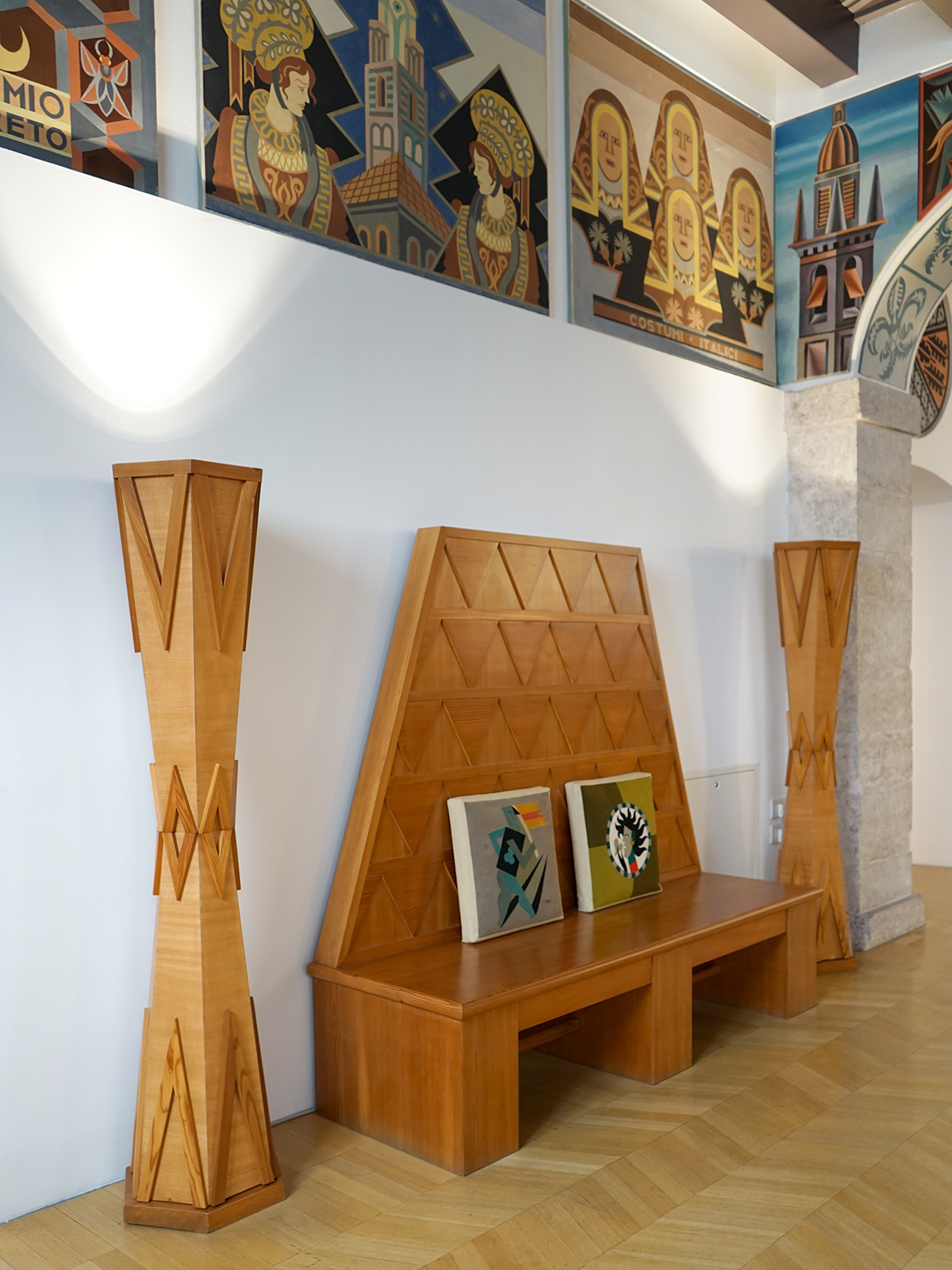
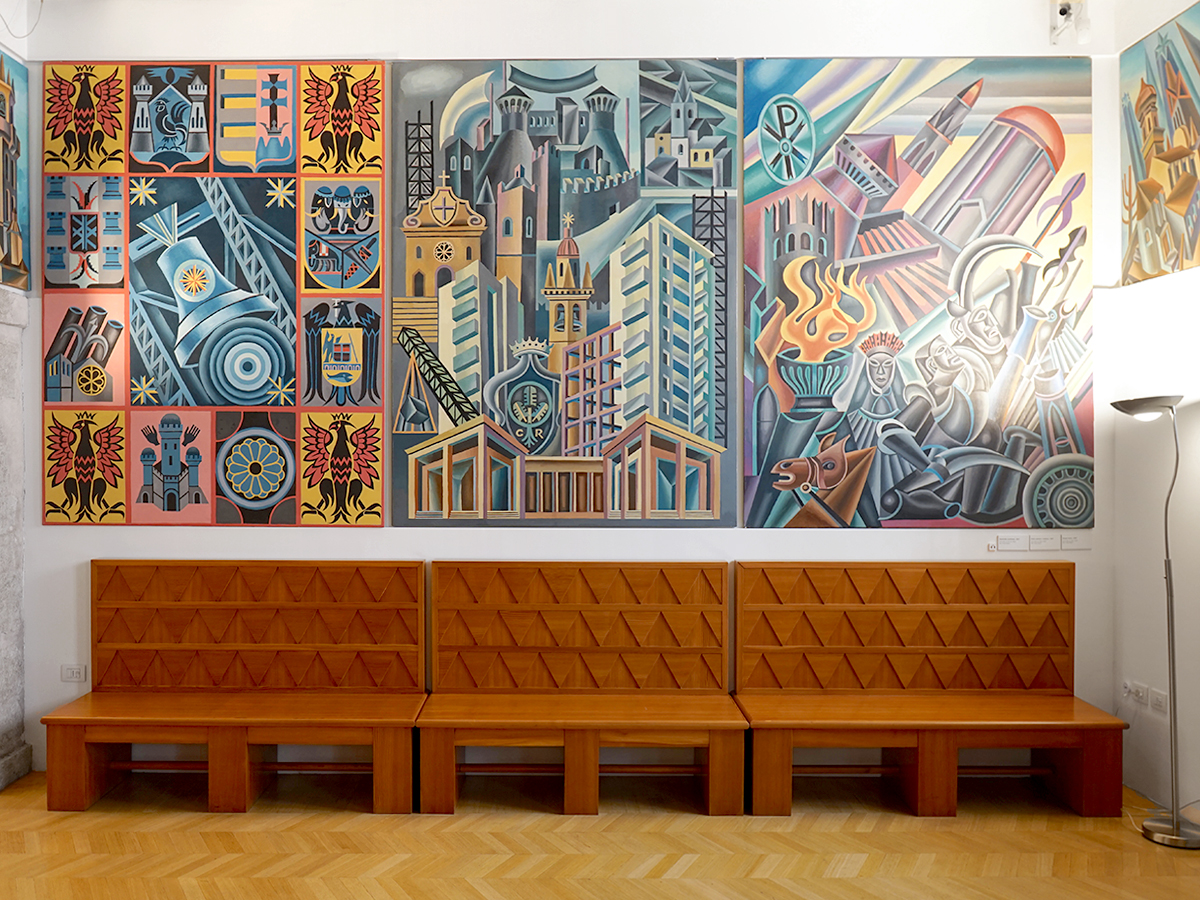
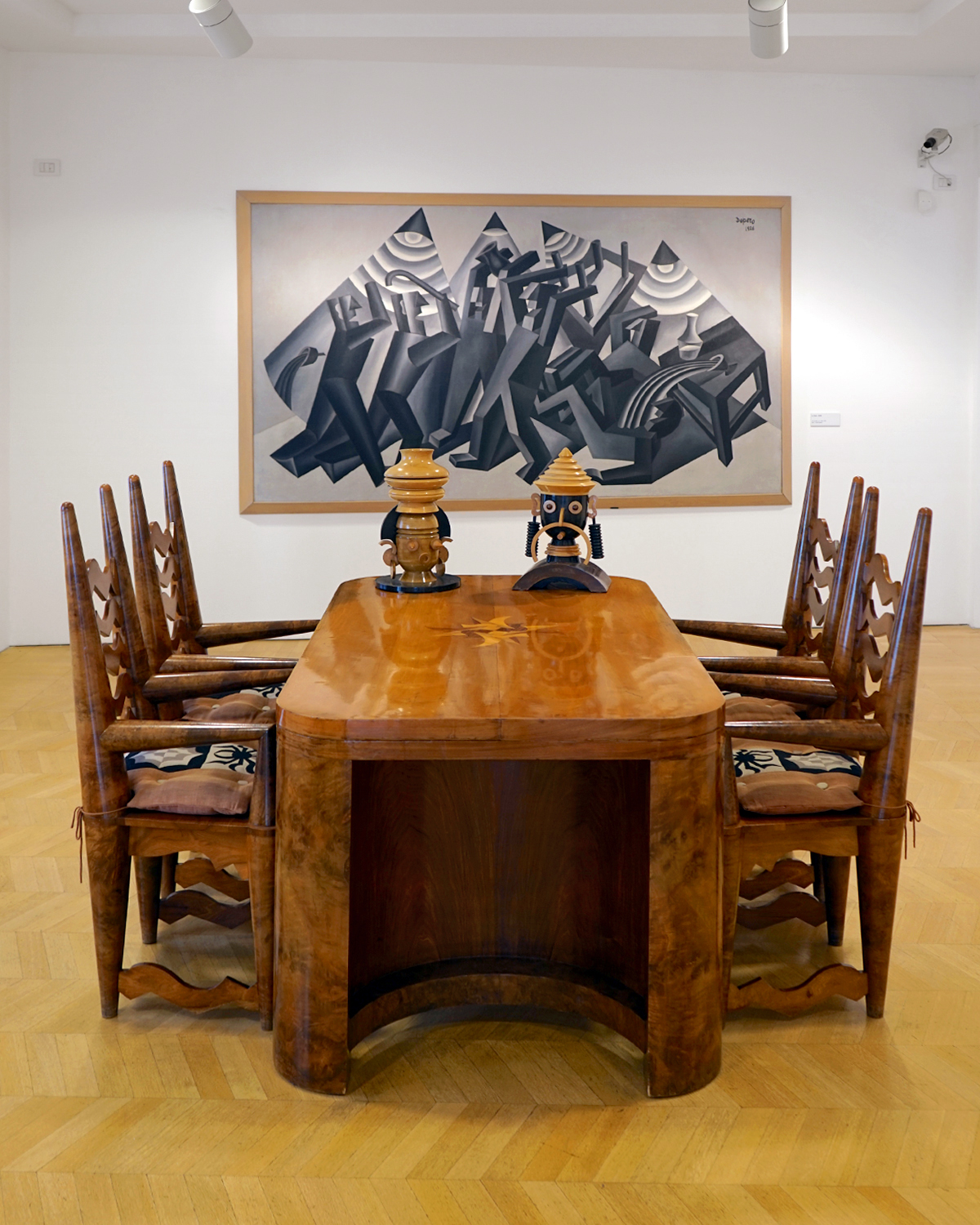
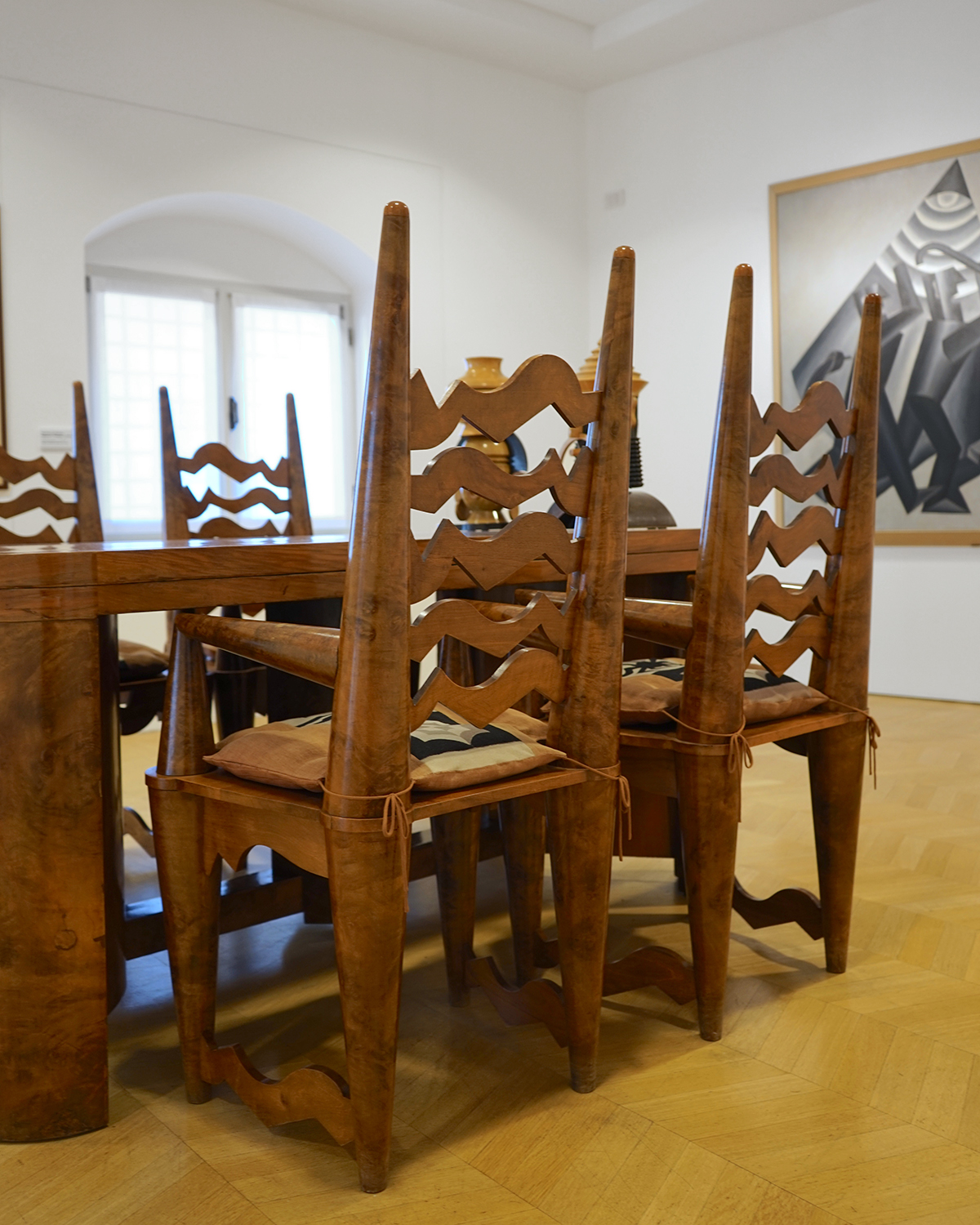

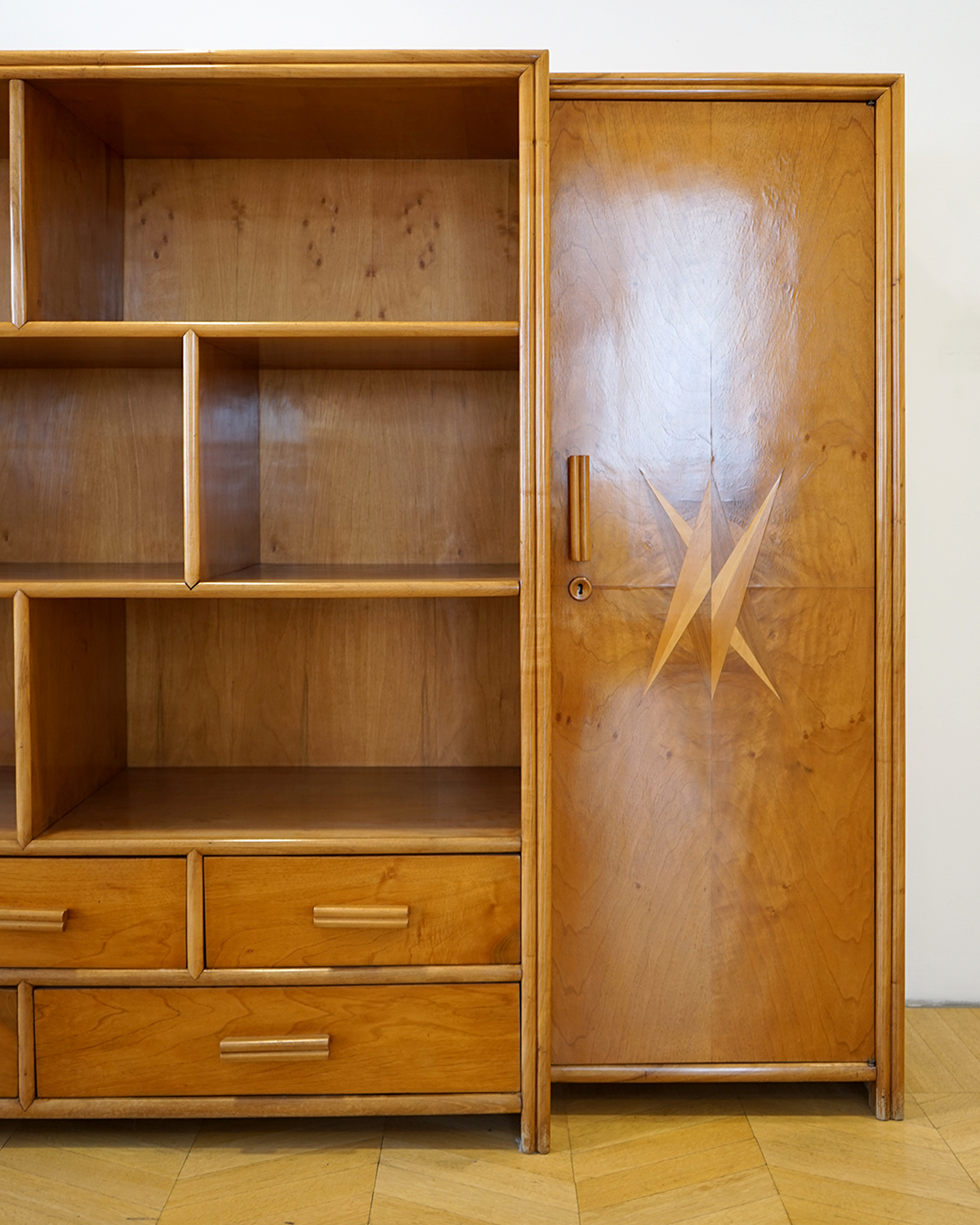
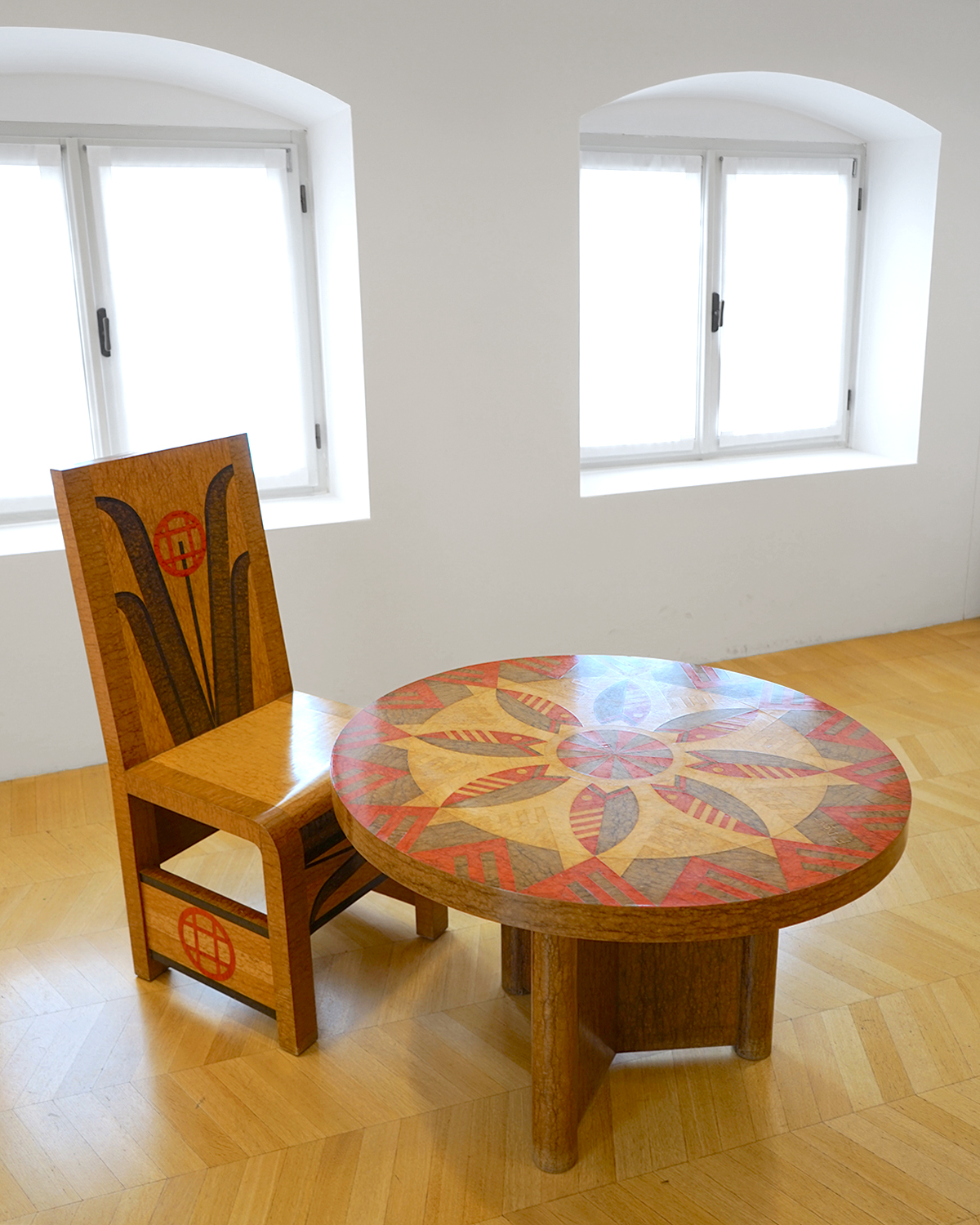
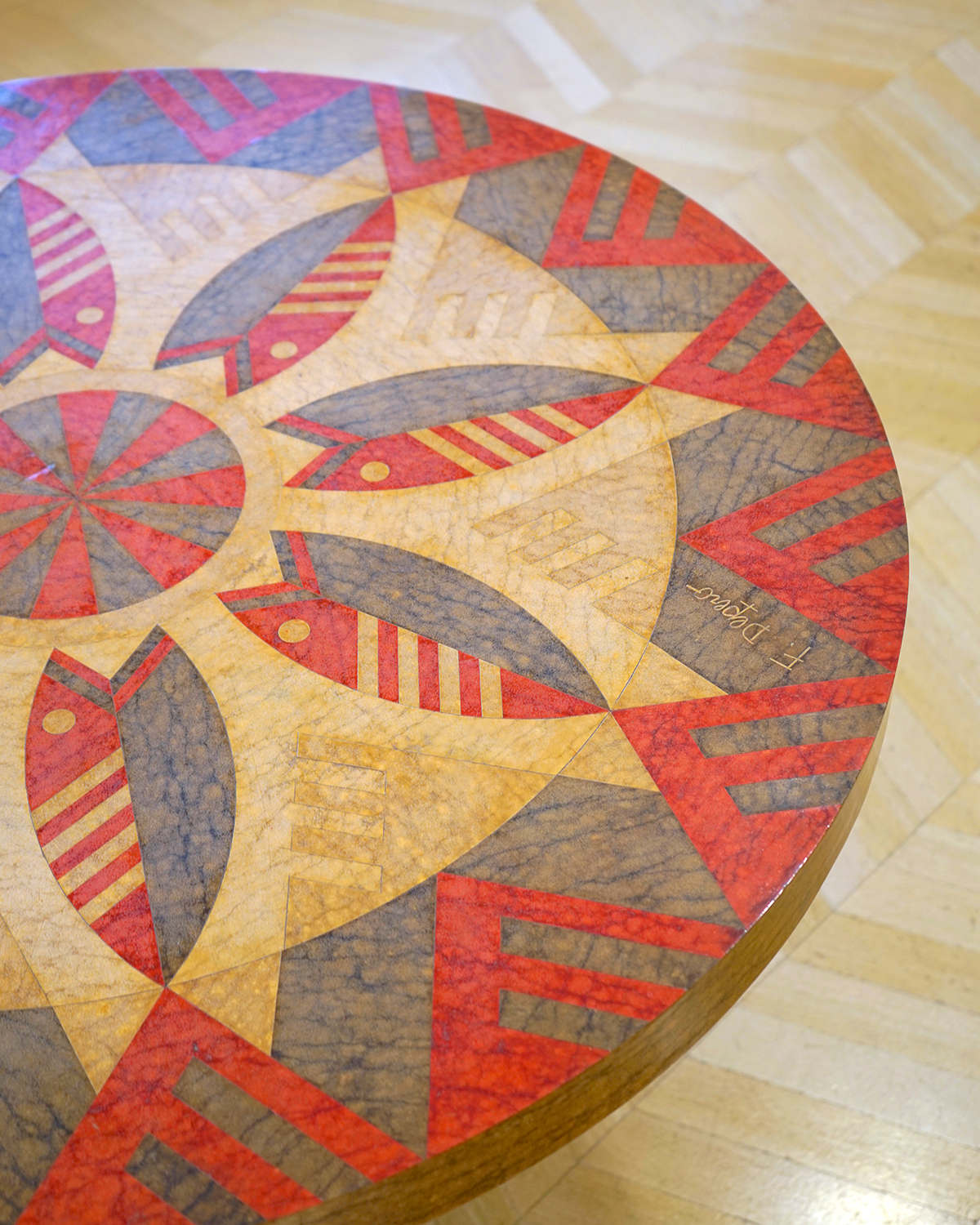
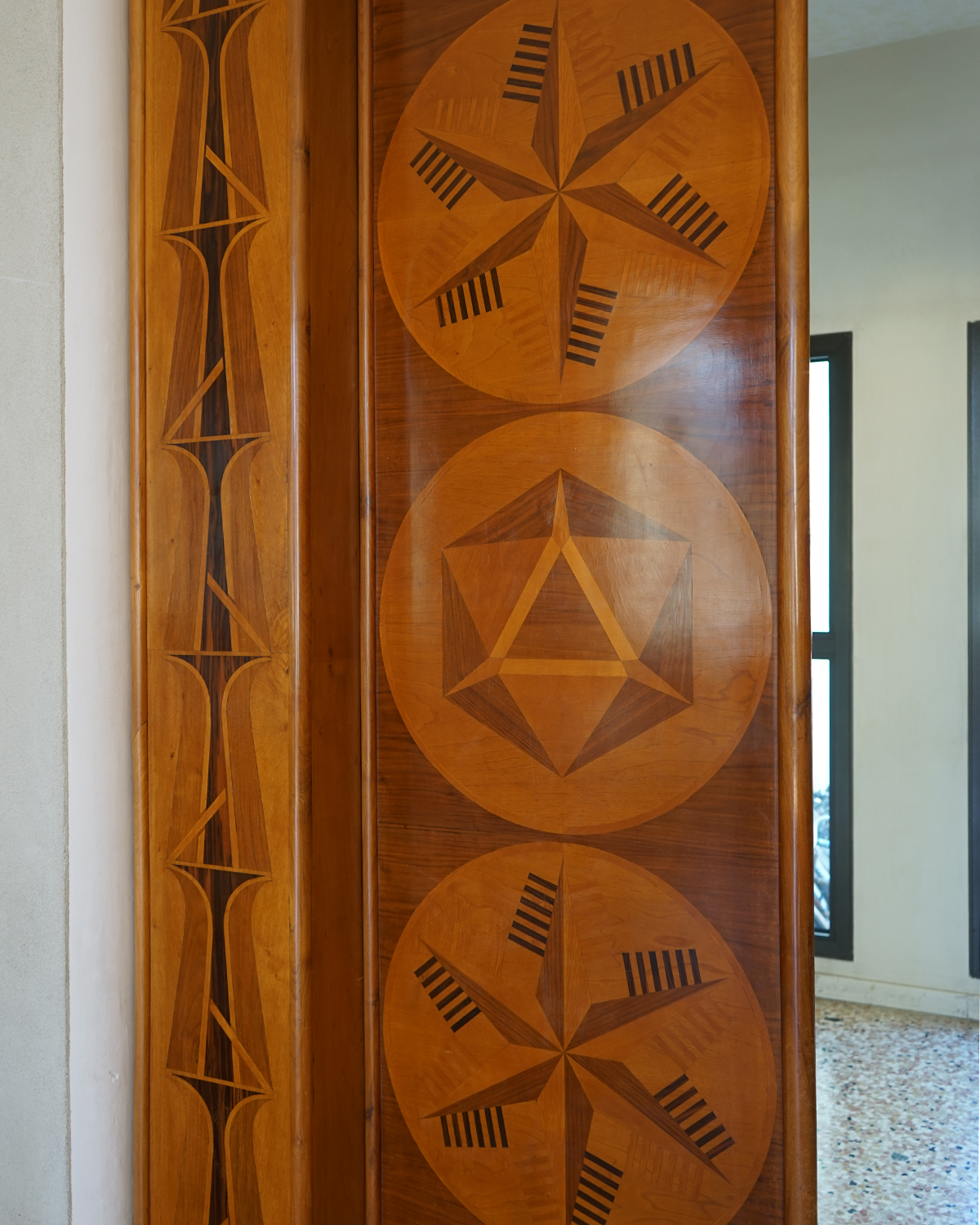
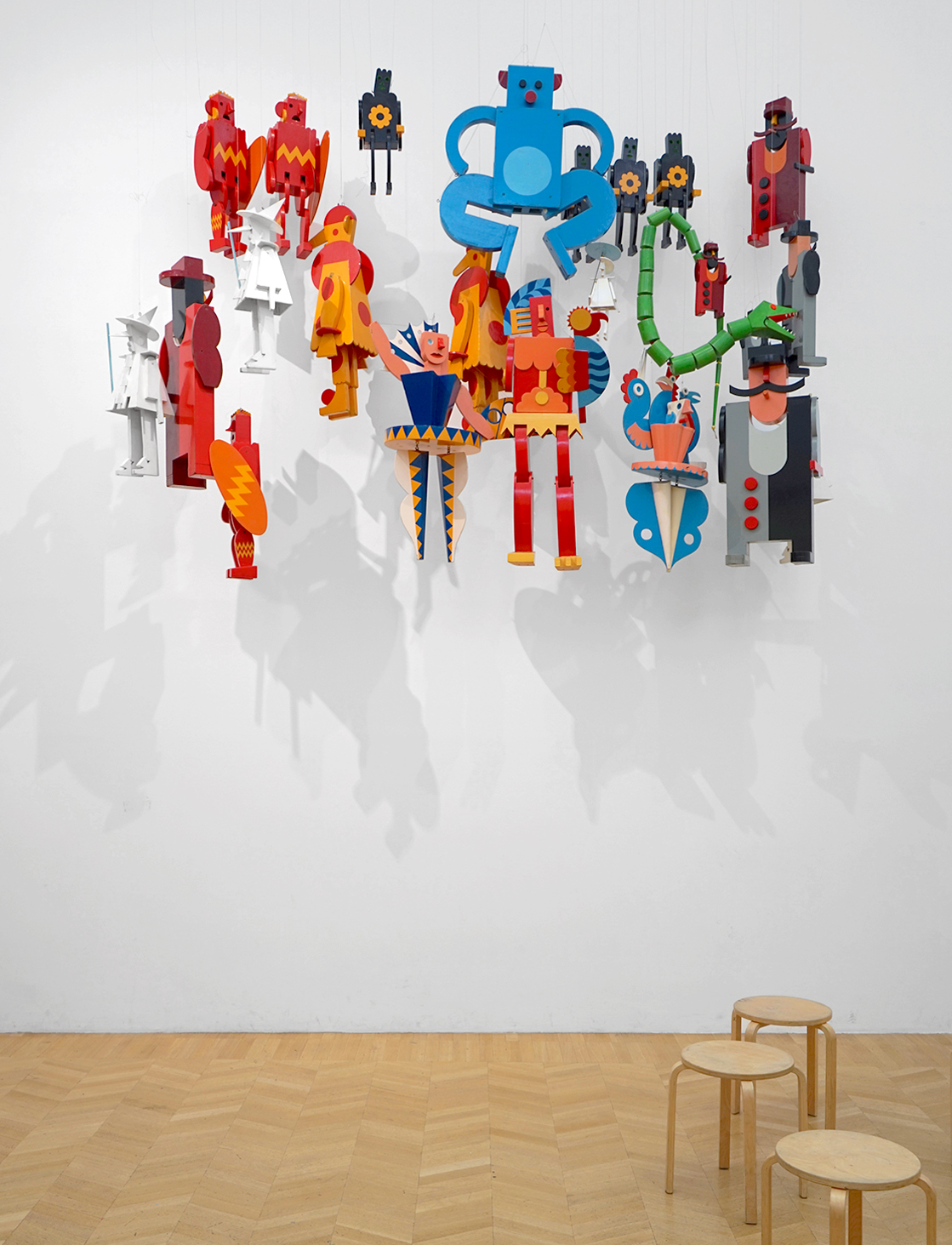
Palazzo of the Autonomous Province of Trento
Owing to the close relationship of Futurism with Fascism during Benito Mussolini’s dictatorship, Depero was mostly overlooked after WWII, and his work fell into oblivion. One of the very few projects he was able to realize was the decoration of the ceremonial hall at Palazzo of the Autonomous Province of Trento, between 1953 and 1956. Depero was commissioned by president of the province, Remo Albertini, who entrusted the artist with a total redecoration of the former ball room. Depero used his typical bold style to produce a number of murals featuring regional motifs. The unique interior elements such as wooden window frames, doors, and loudspeakers of his own design are also included.
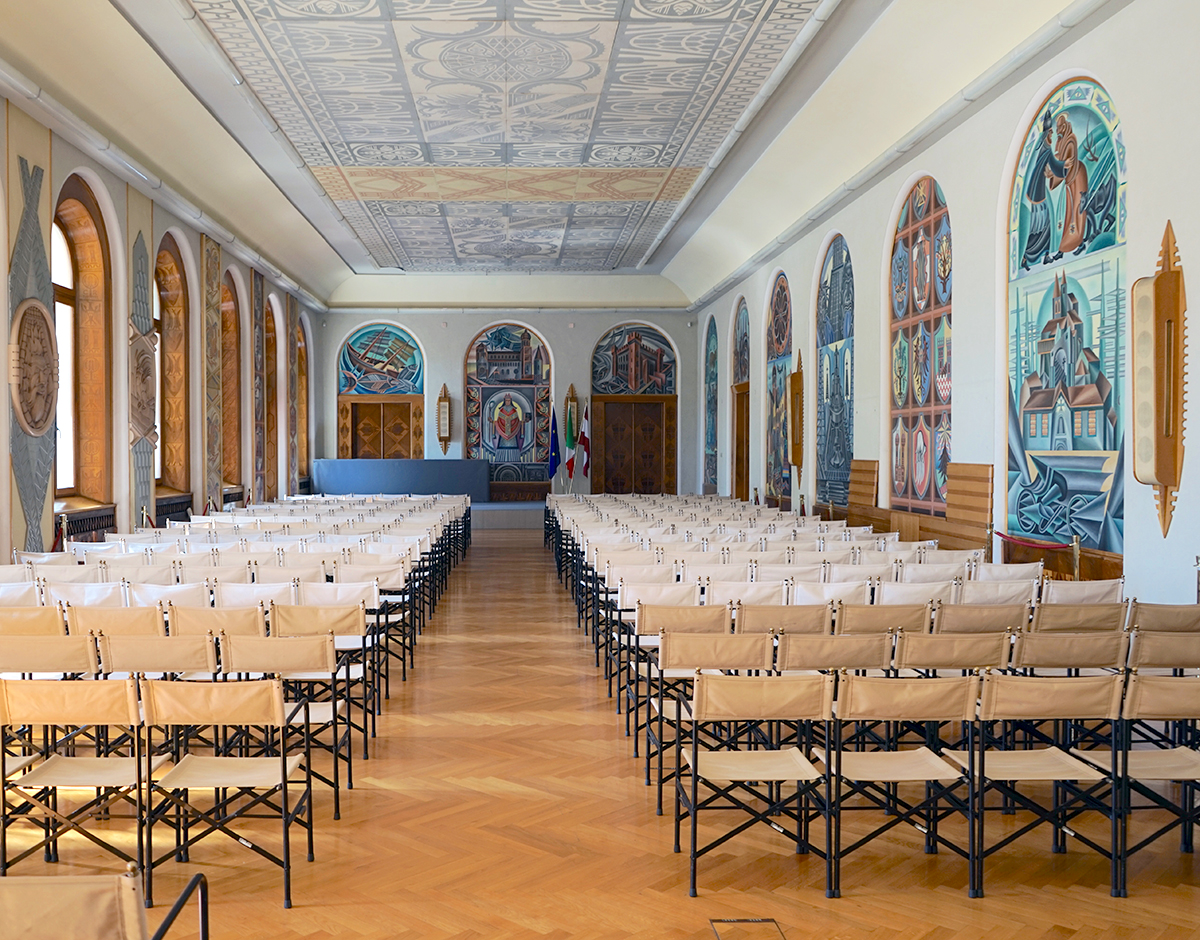
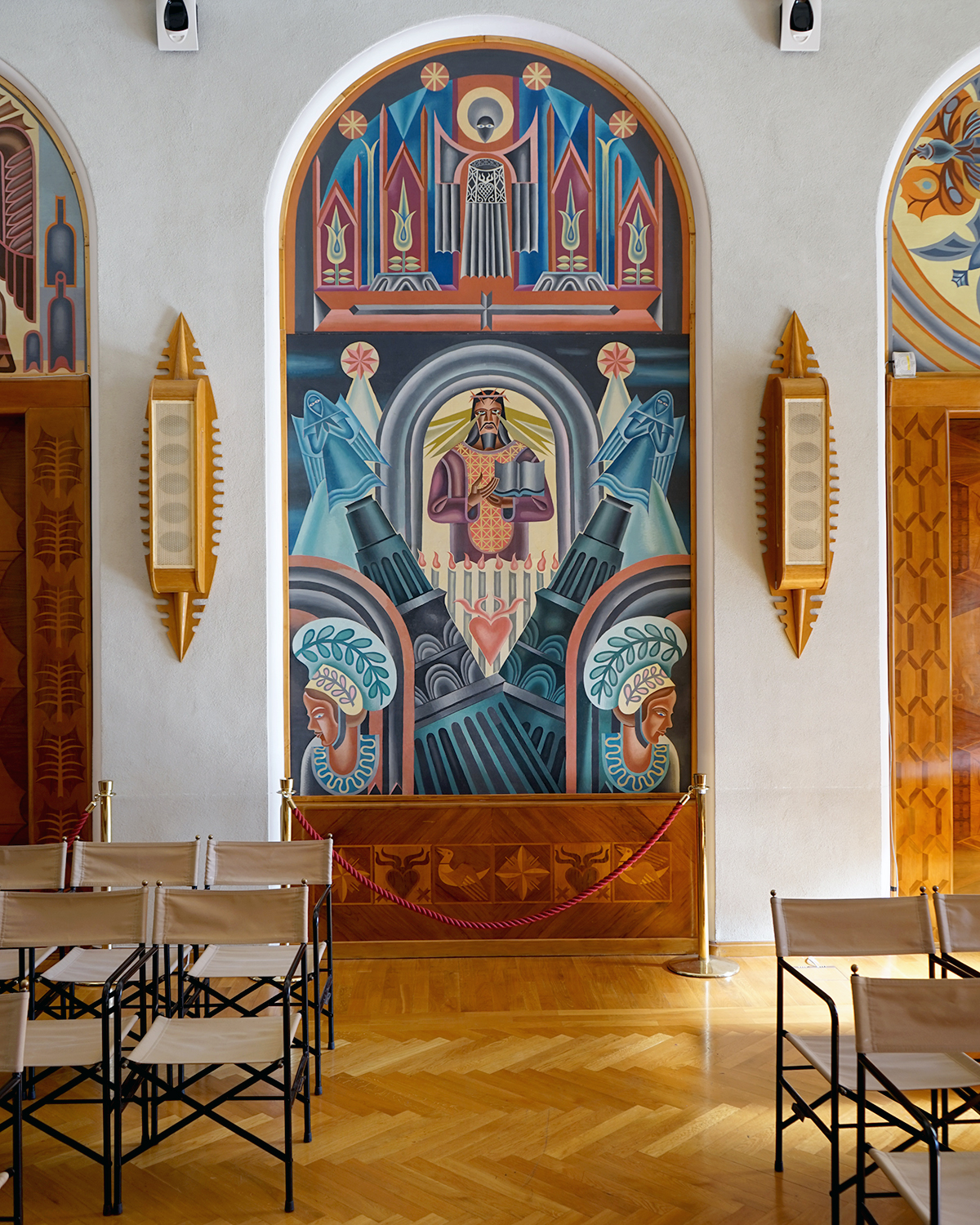
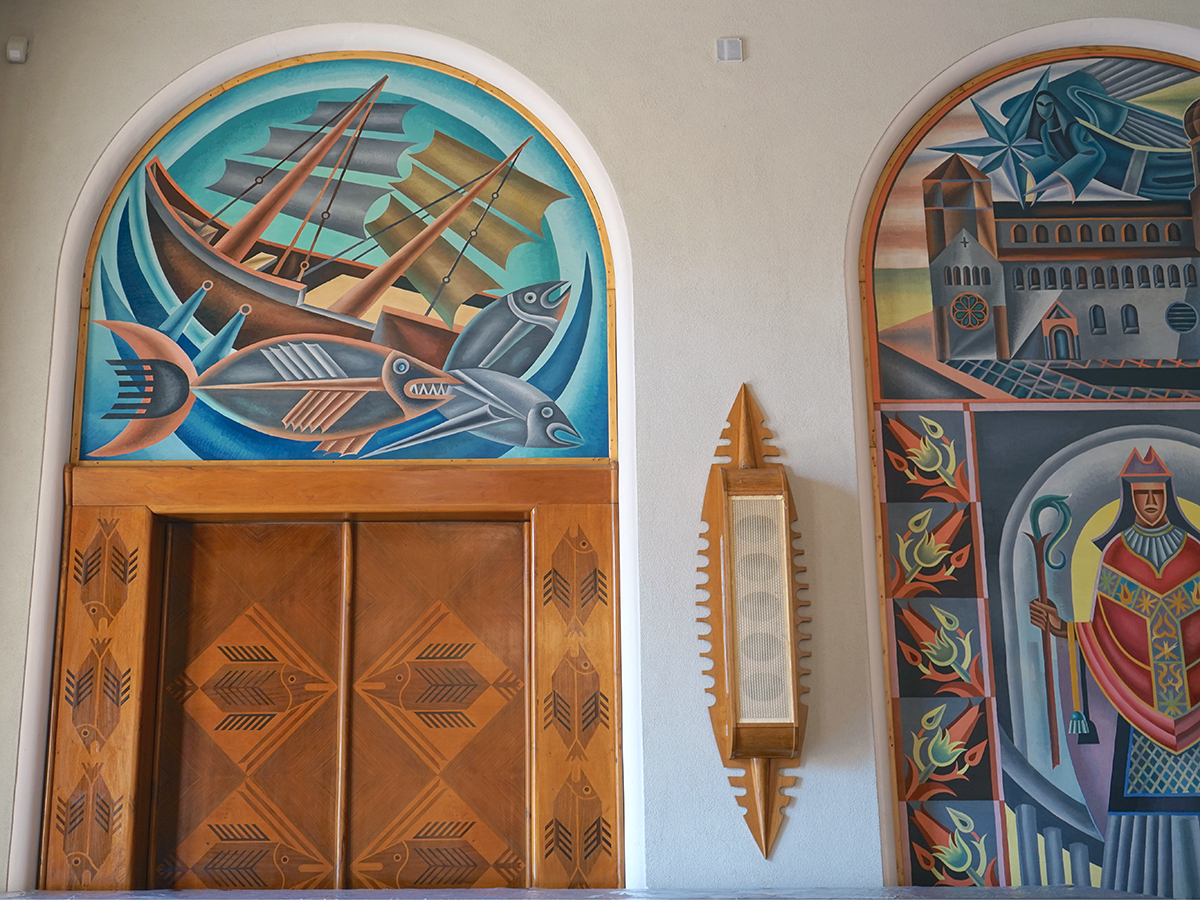
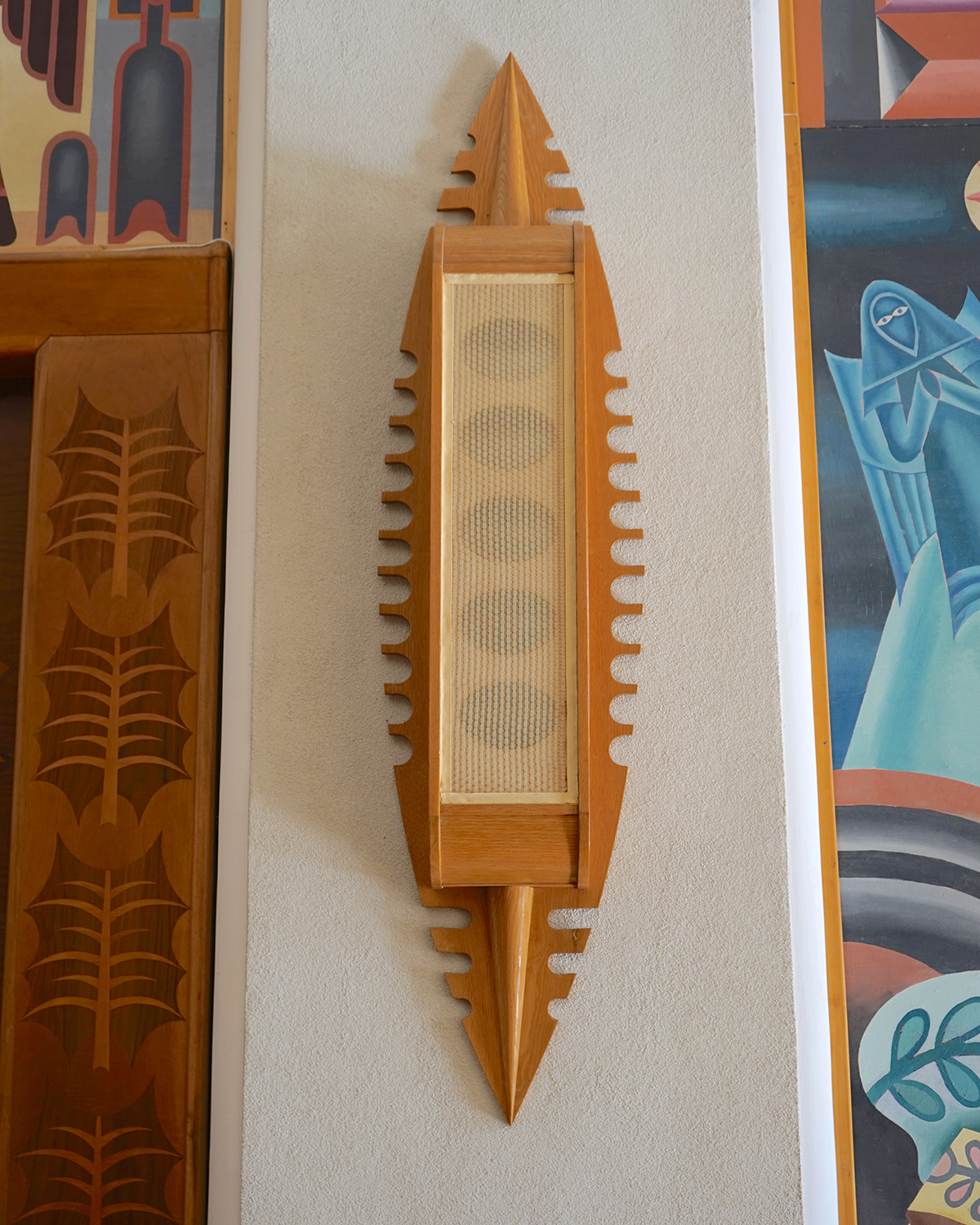
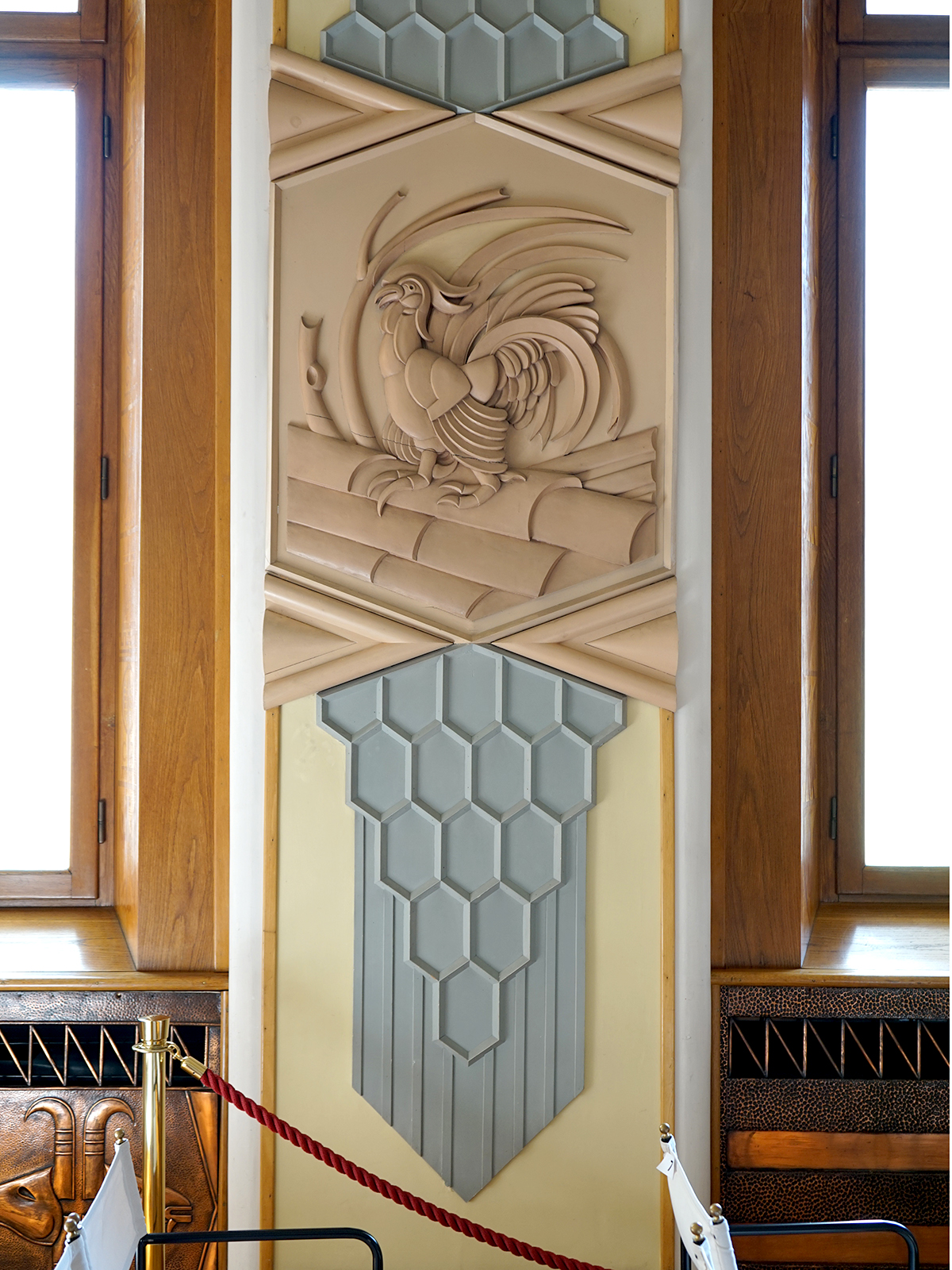
Post Office in Palermo
Between the two wars, architect Angiolo Mazzoni was one of the leading figures of the controversial Italian rationalist style, which had close ties to Mussolini’s regime and its propaganda. Mazzoni joined the National Fascist Party in 1926 and worked as chief architect for the Ministry of Communications and the State Railways. He also designed post offices, train stations, and other public buildings, as well as planning entire new cities. His main post office in Palermo is a synthesis of antique neo-classicism and clearly defined modernist lines, typical of the Italian architecture of this period.
The most interesting part of the whole building is the meeting room in the administrative wing. This hall is lined with patterned marble tiles and framed in rich shades of blue and red. A large oval table in the middle dominates the entire room. Monumental heavy chairs with copper elements are complemented by an impressive glass chandelier and colorful wall paintings by Benedetta Cappa, Marinetti’s wife. Cappa also belonged to the Italian Futurists, more precisely to the second generation, which developed the so-called Aeropittura (Aerial Painting) style, inspired by new discoveries and achievements in the field of aviation. In the paintings, abstract shapes are mixed in a dynamic style with images of landscapes and cities from a bird’s eye view. Modern inventions such as airships and seaplanes in the paintings again refer to the ambitious plans for, and bold future of, Italy.
